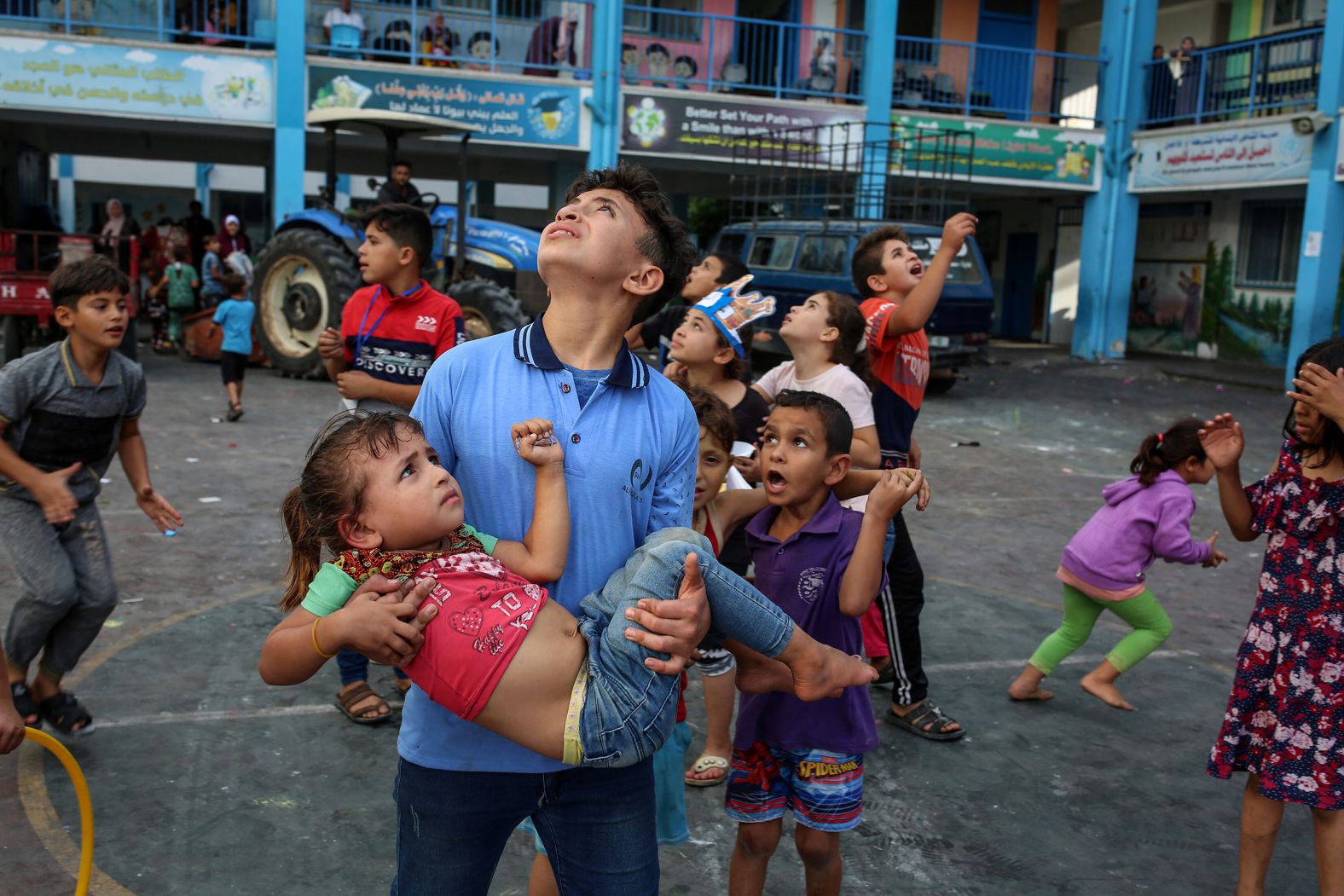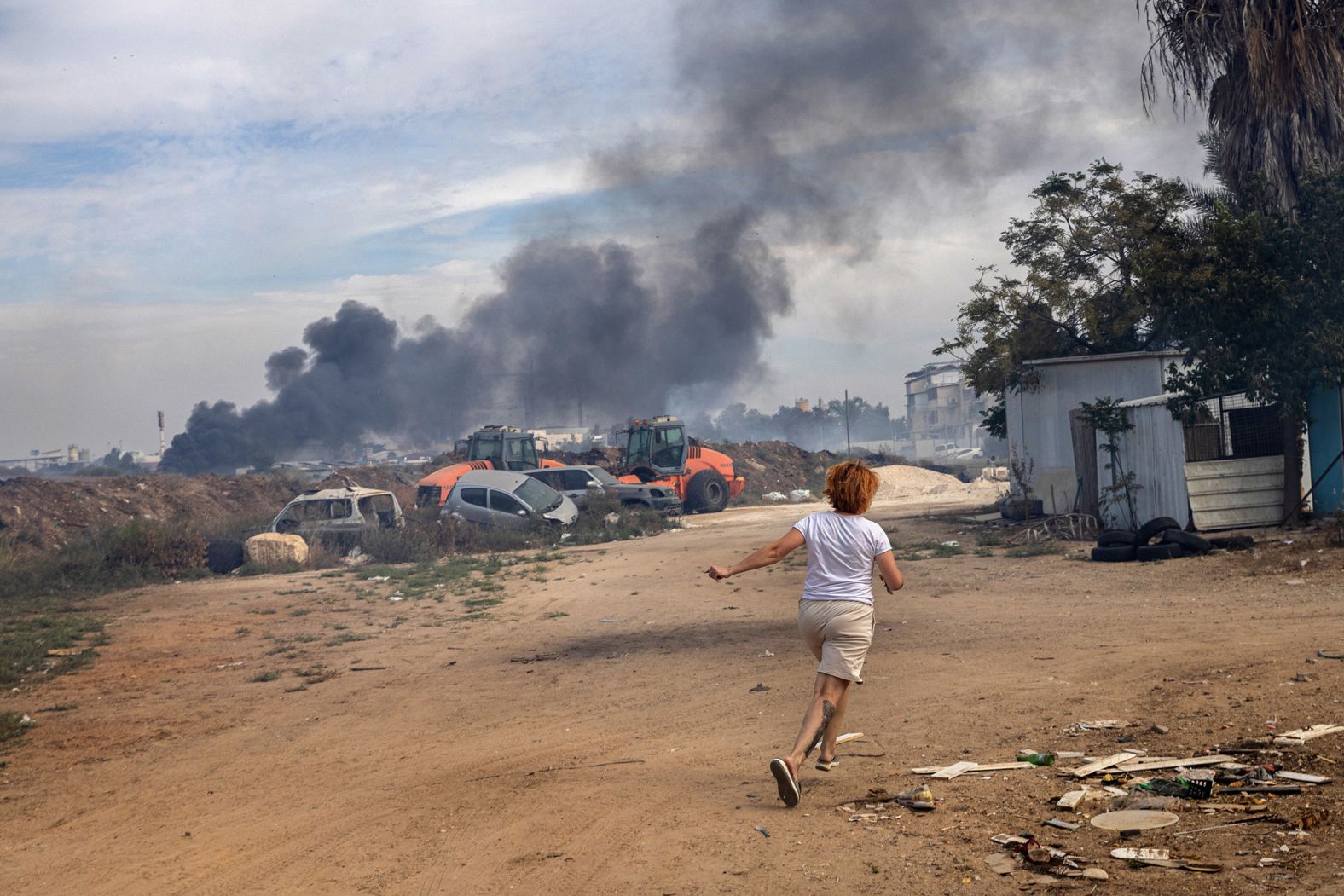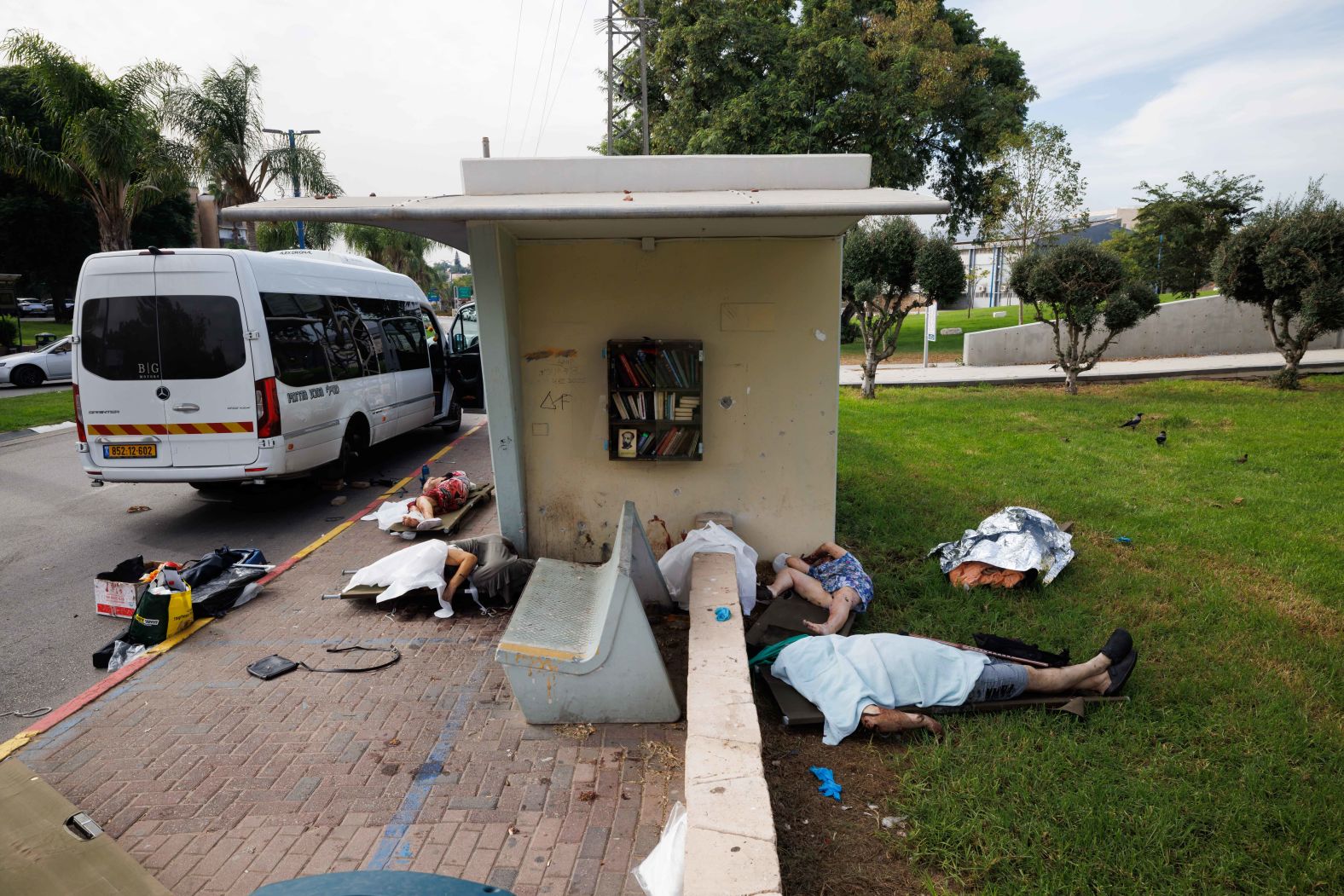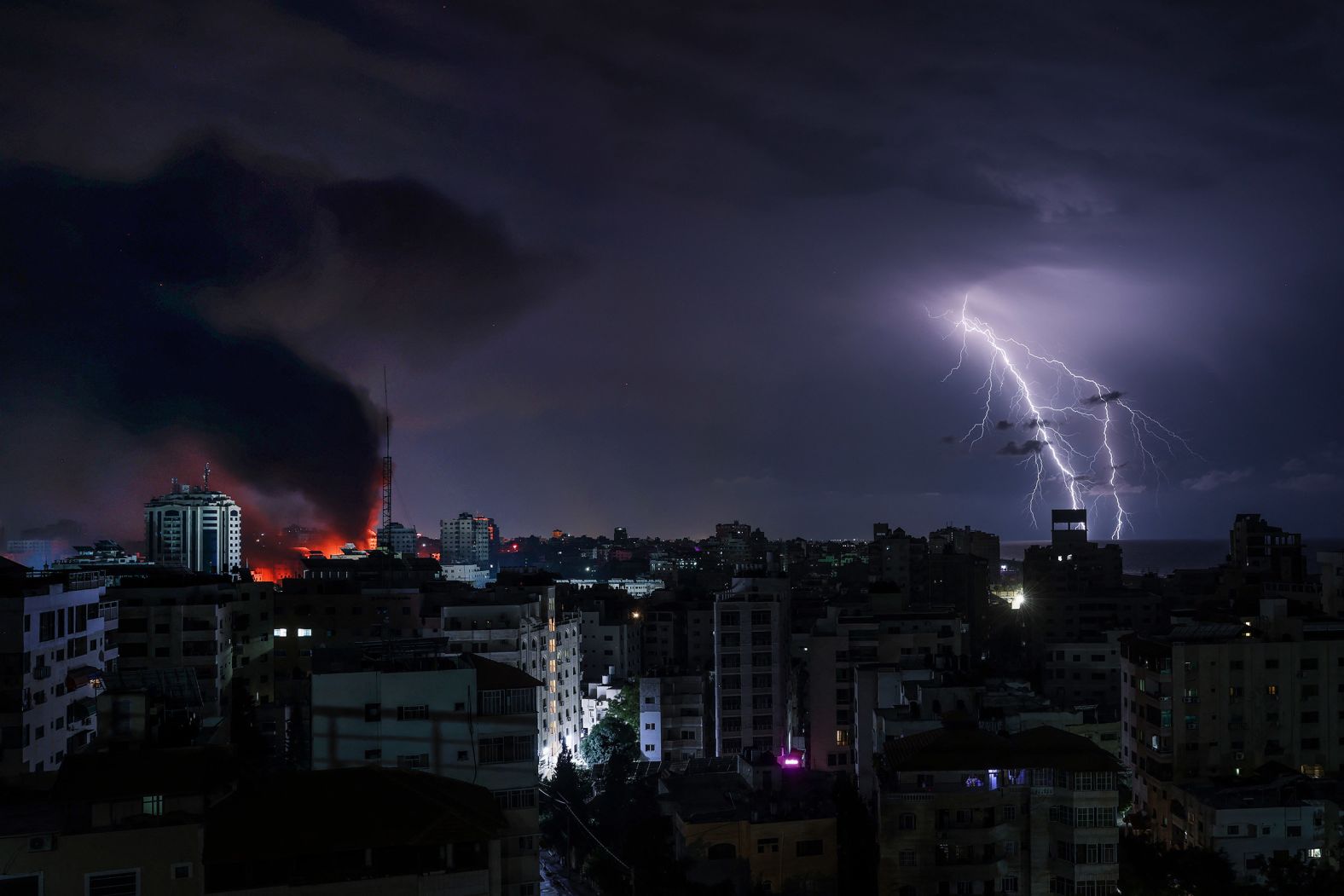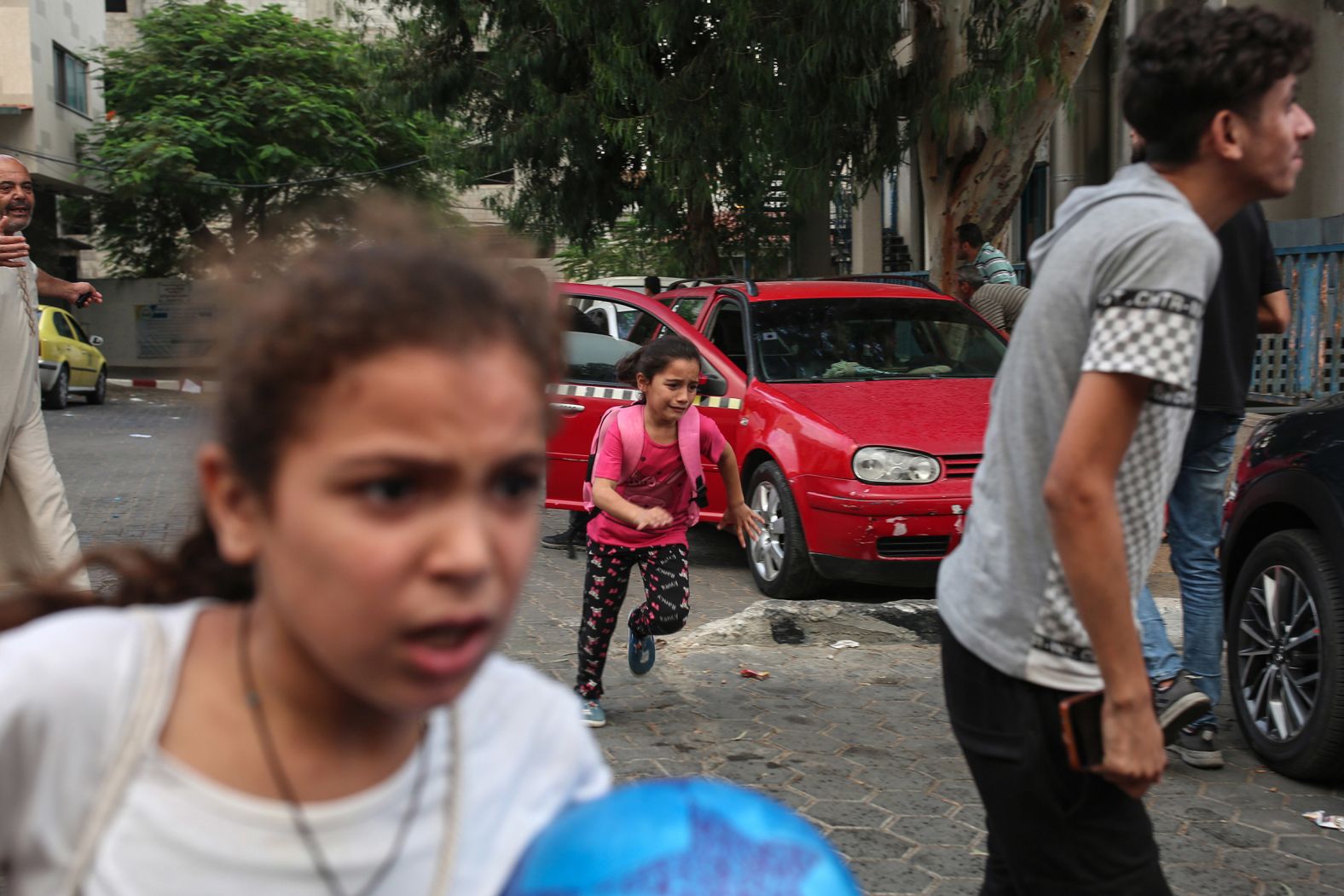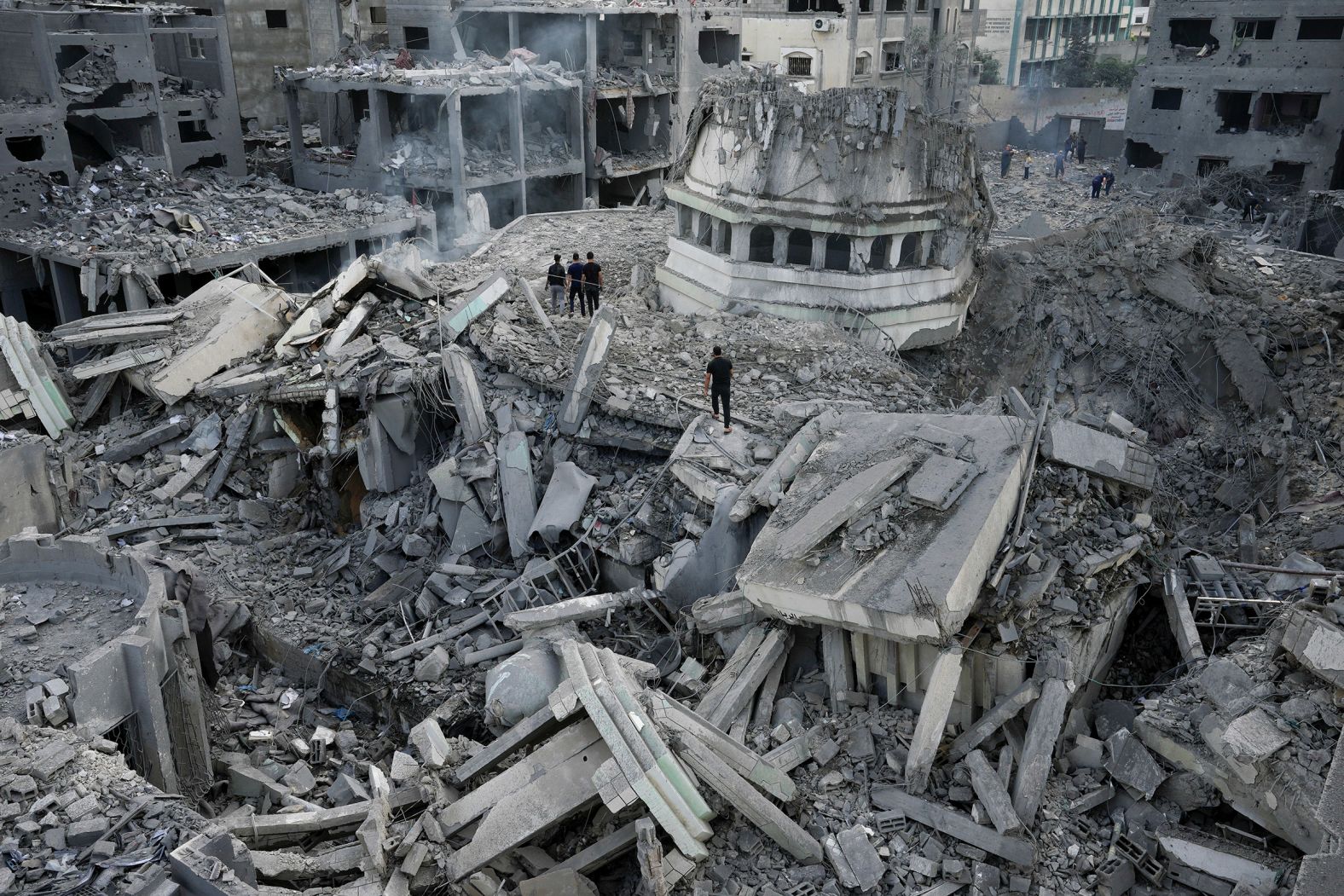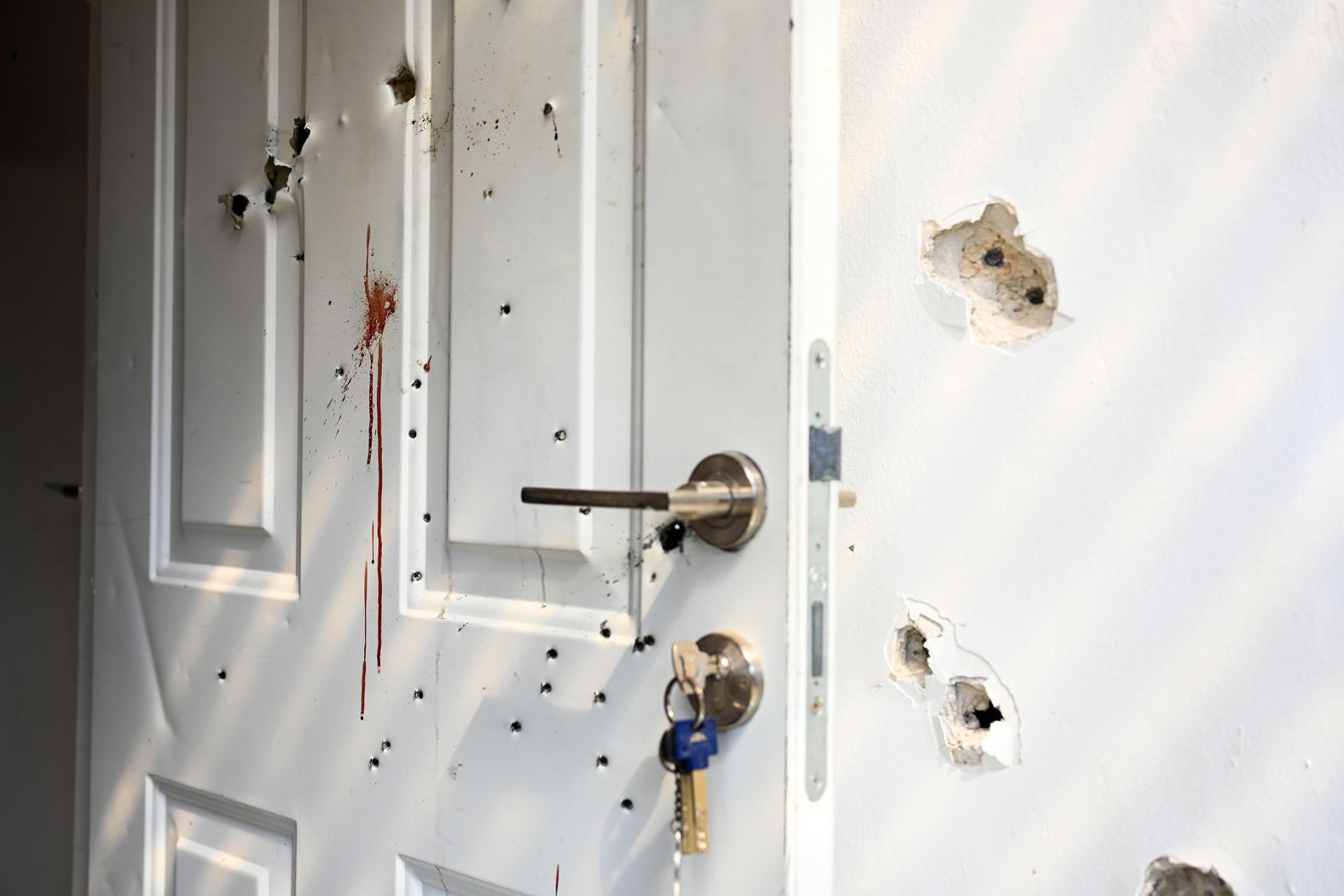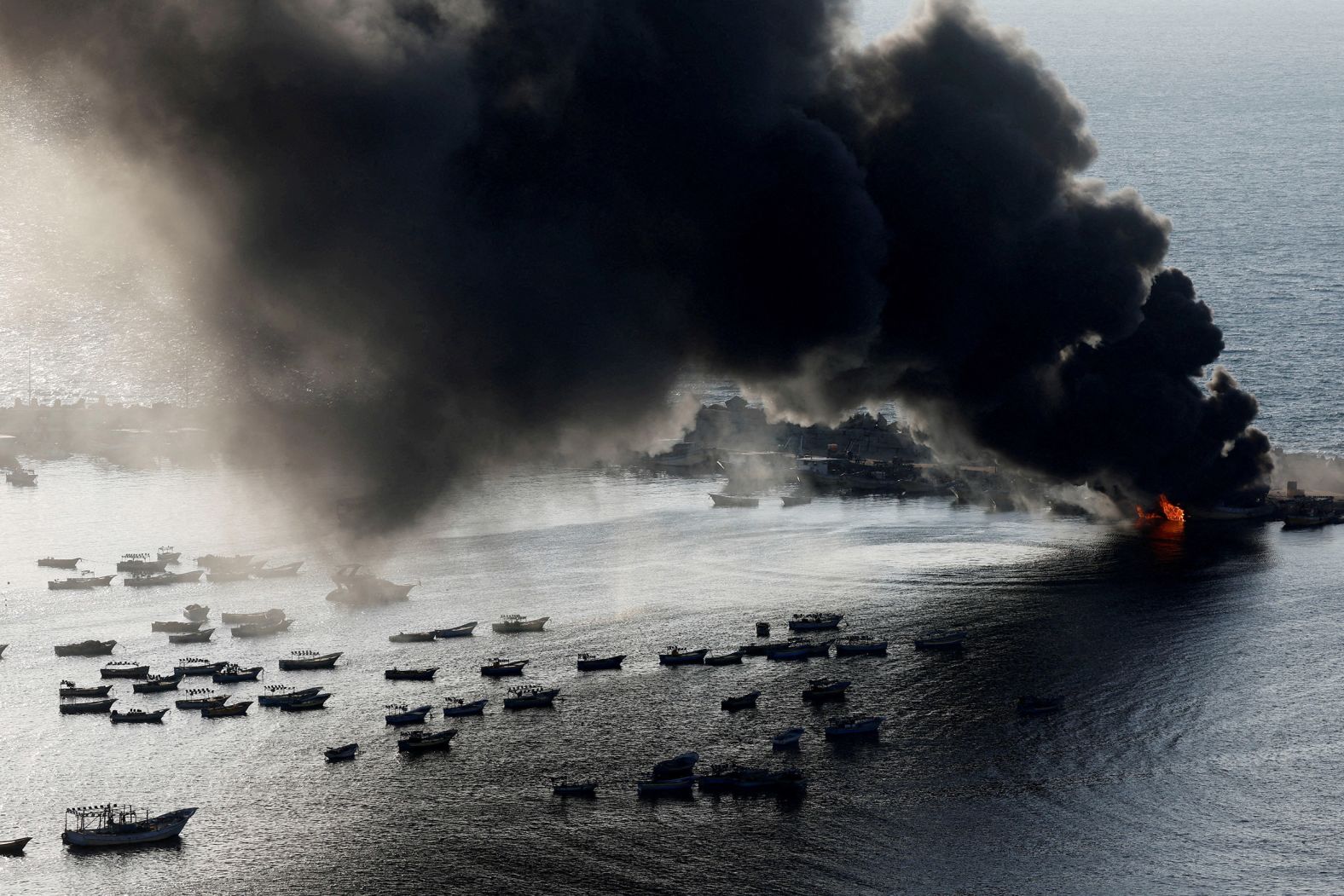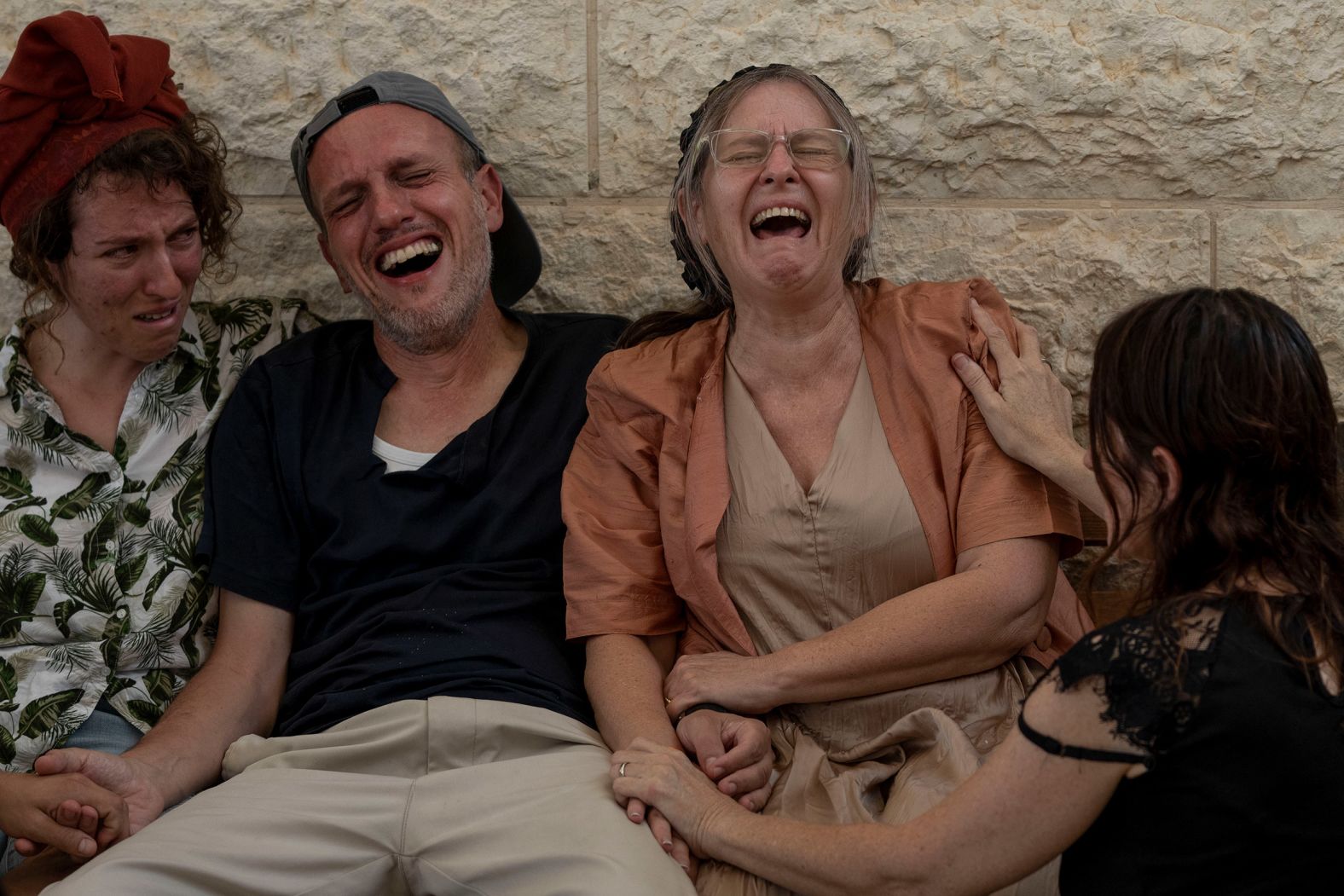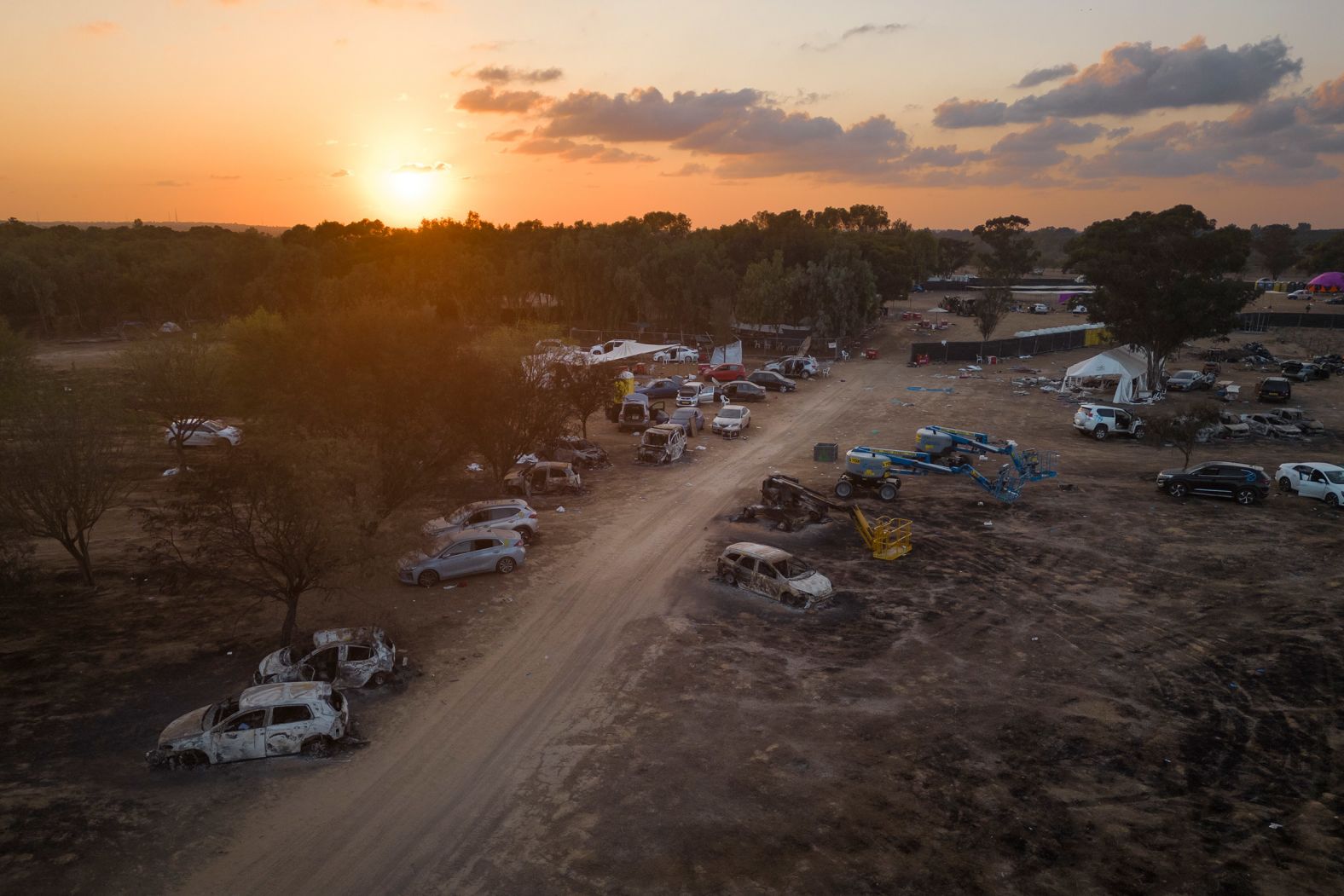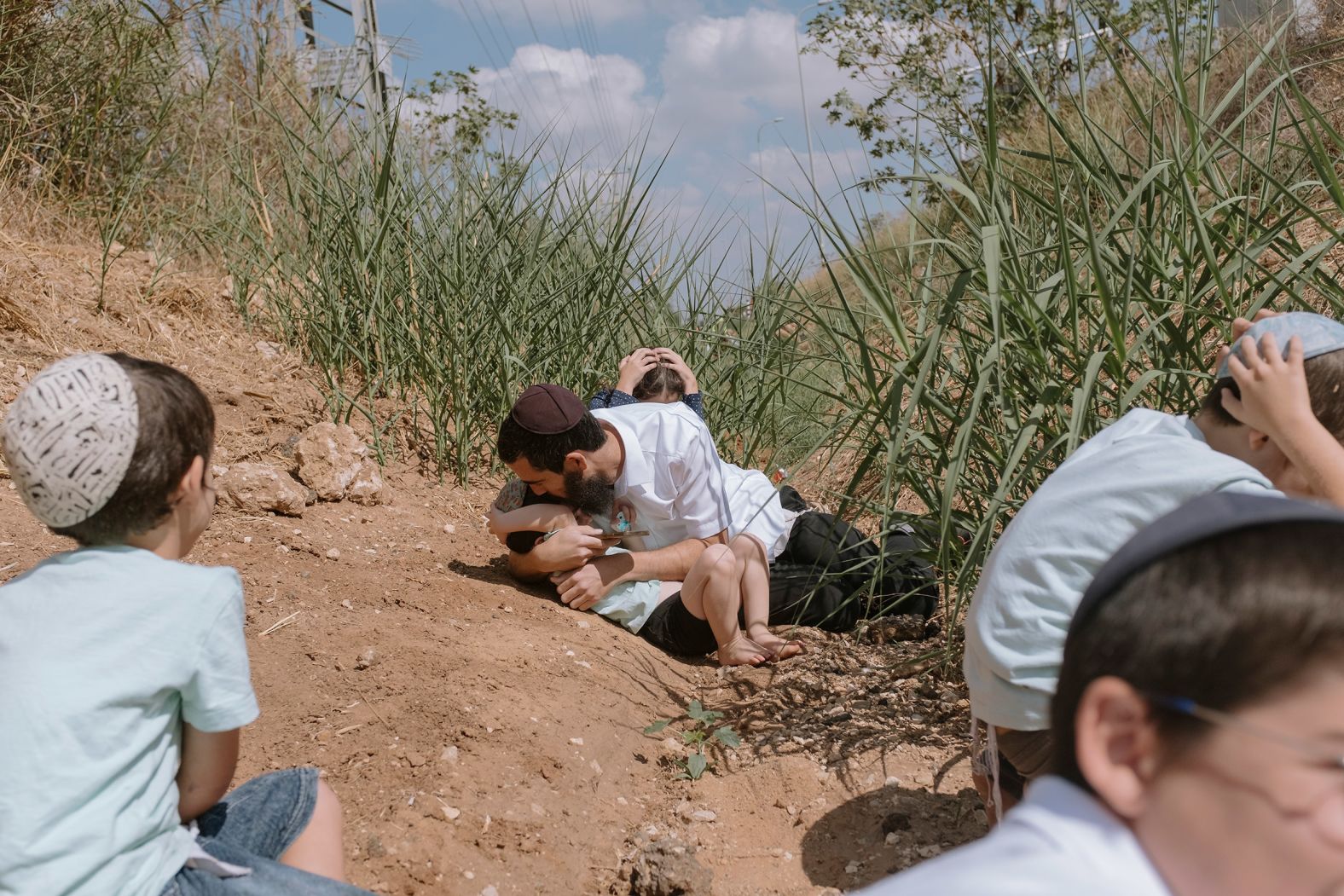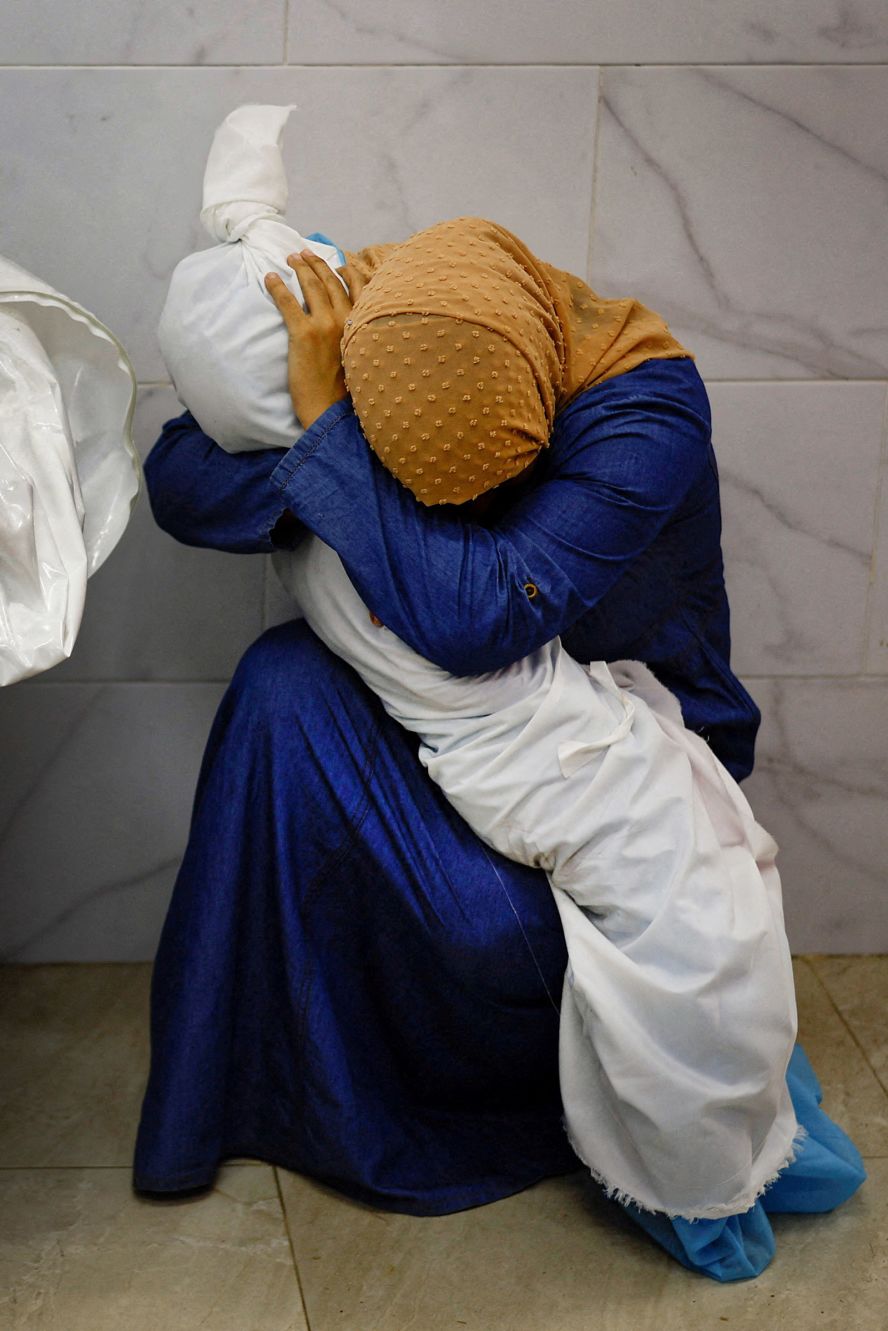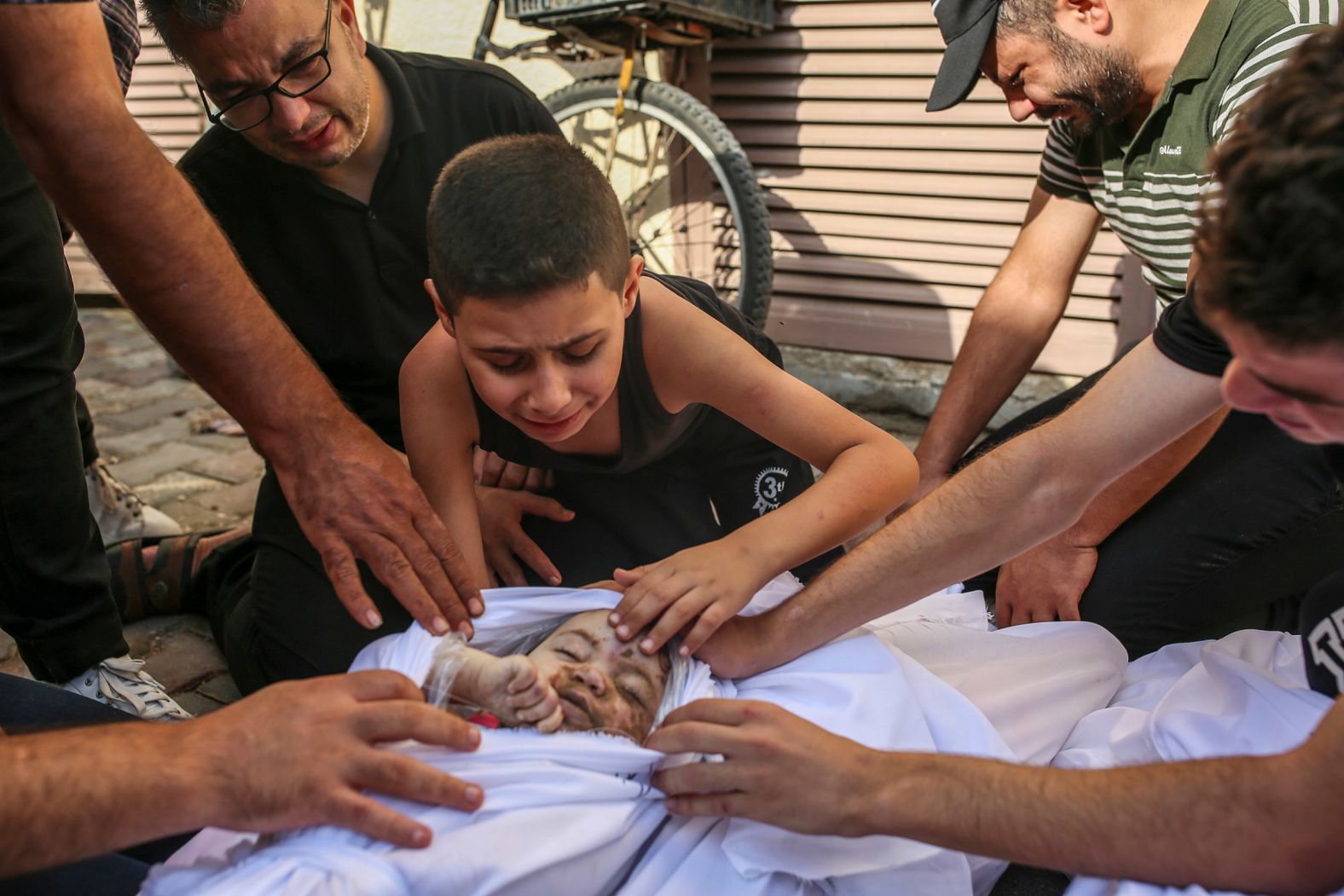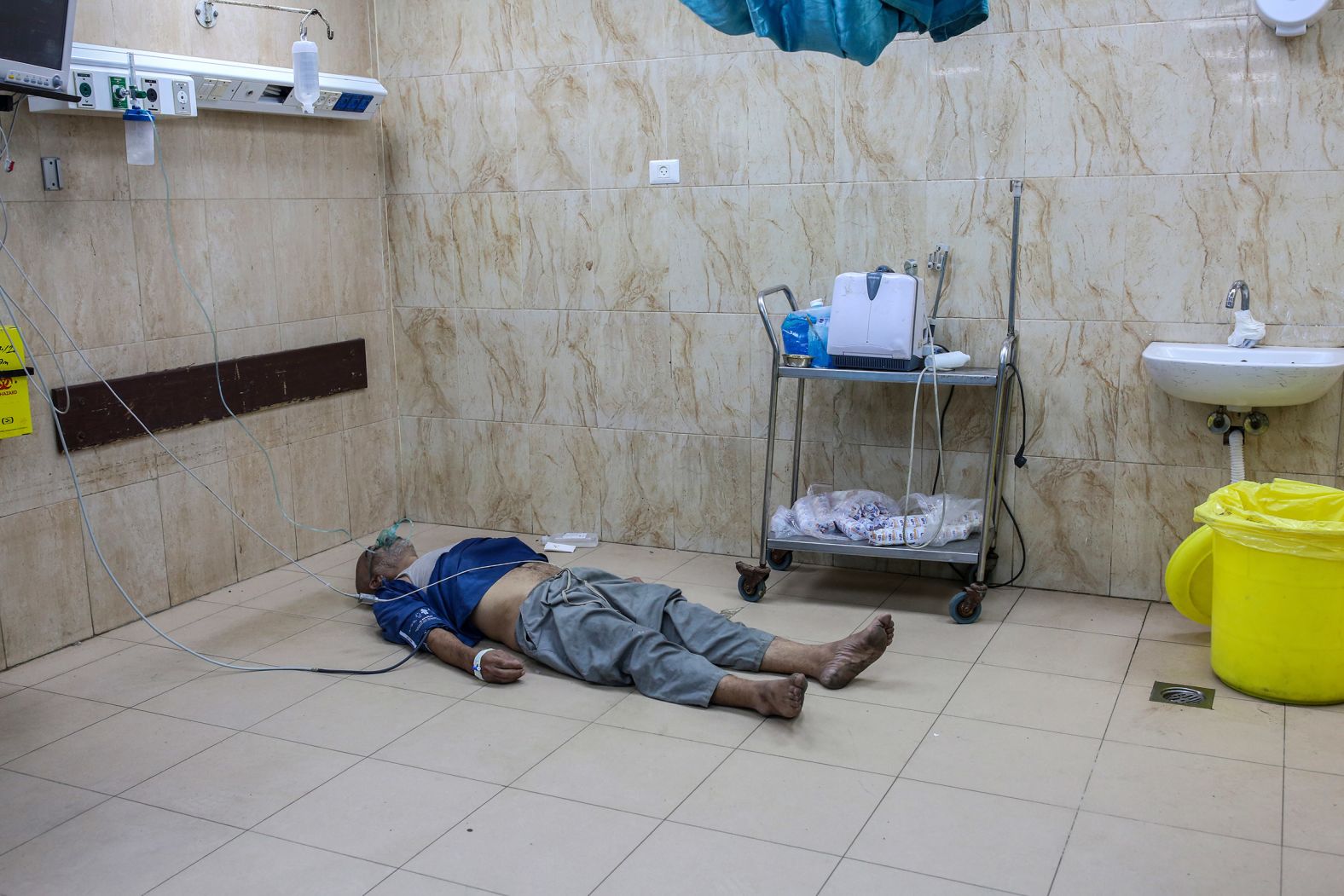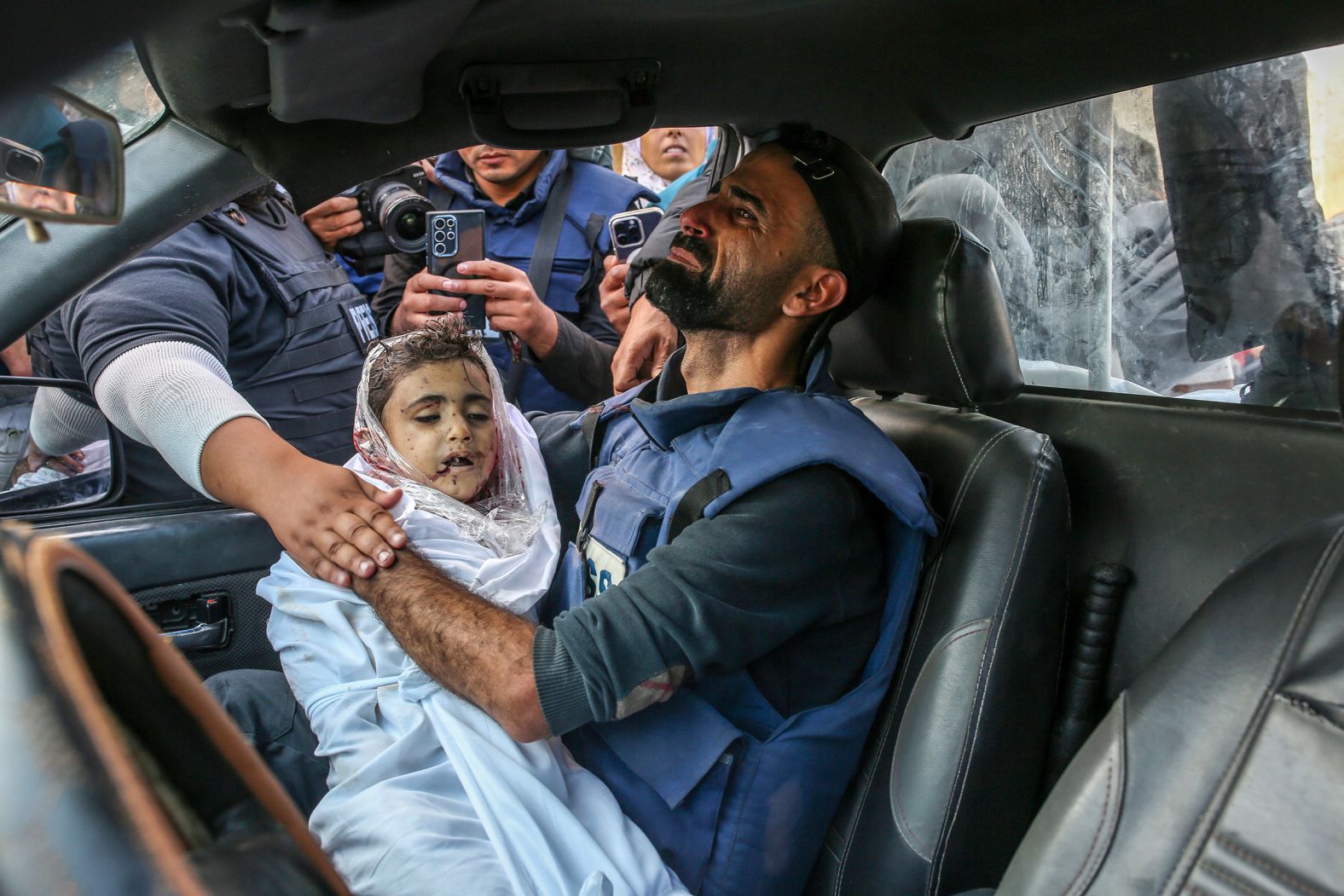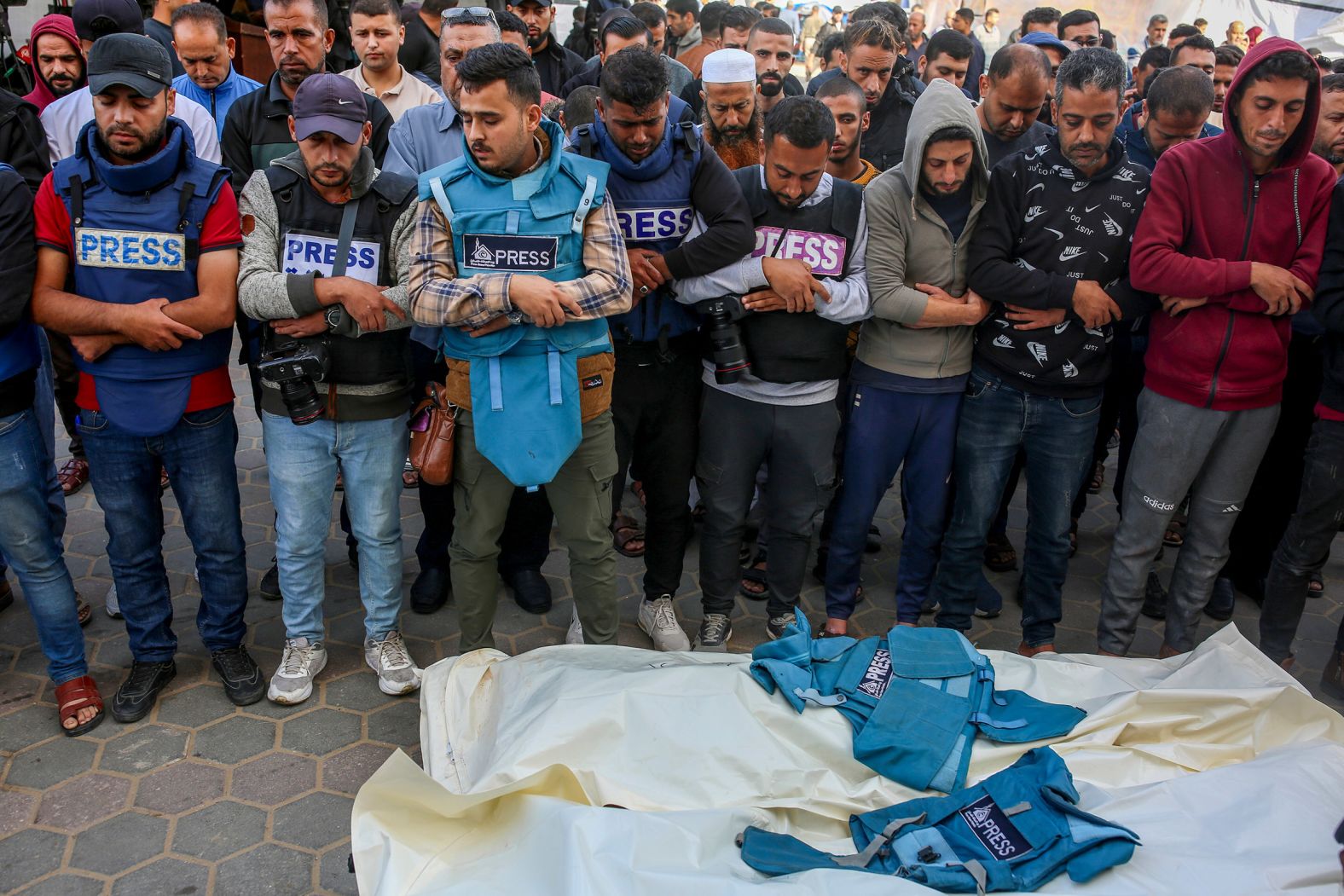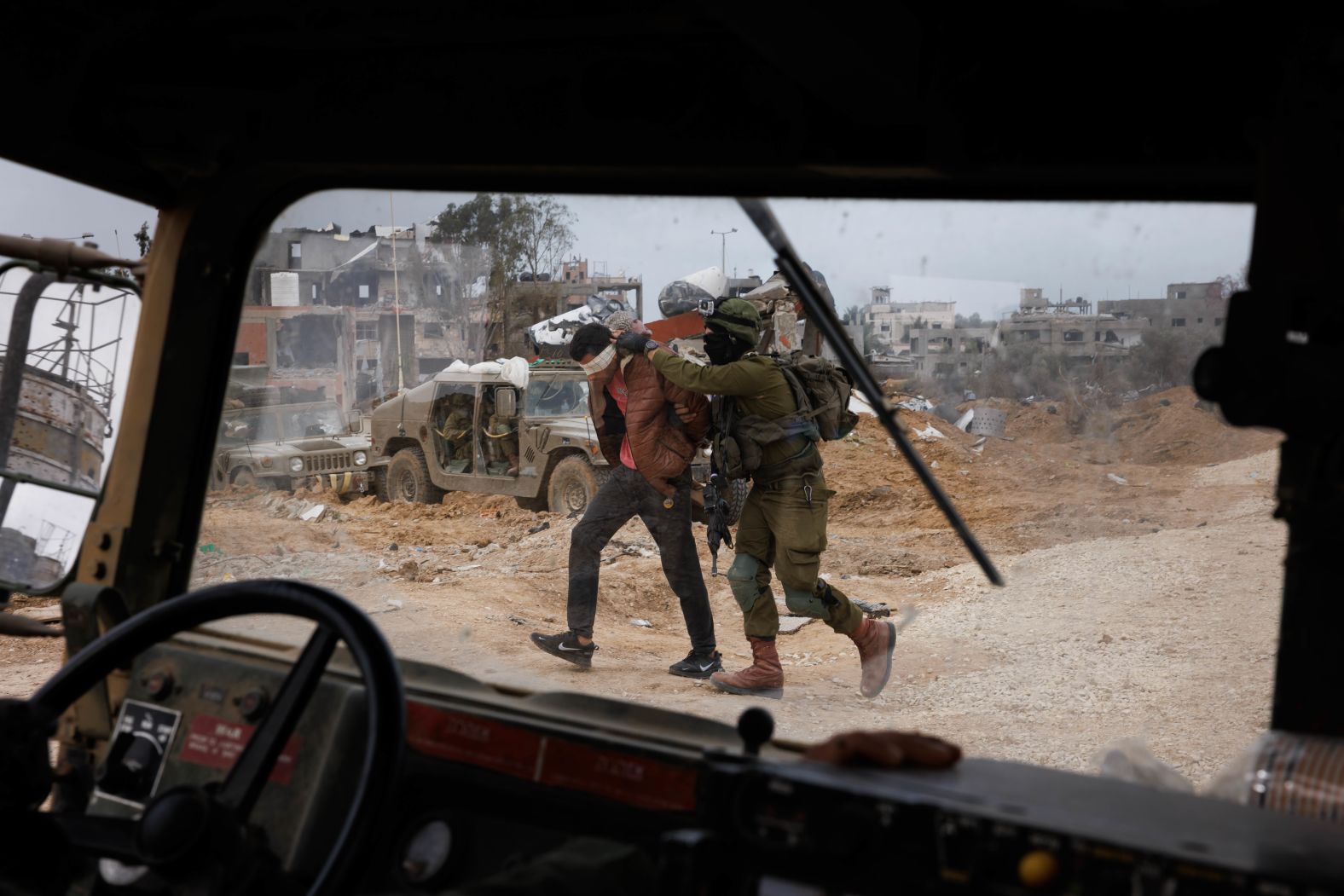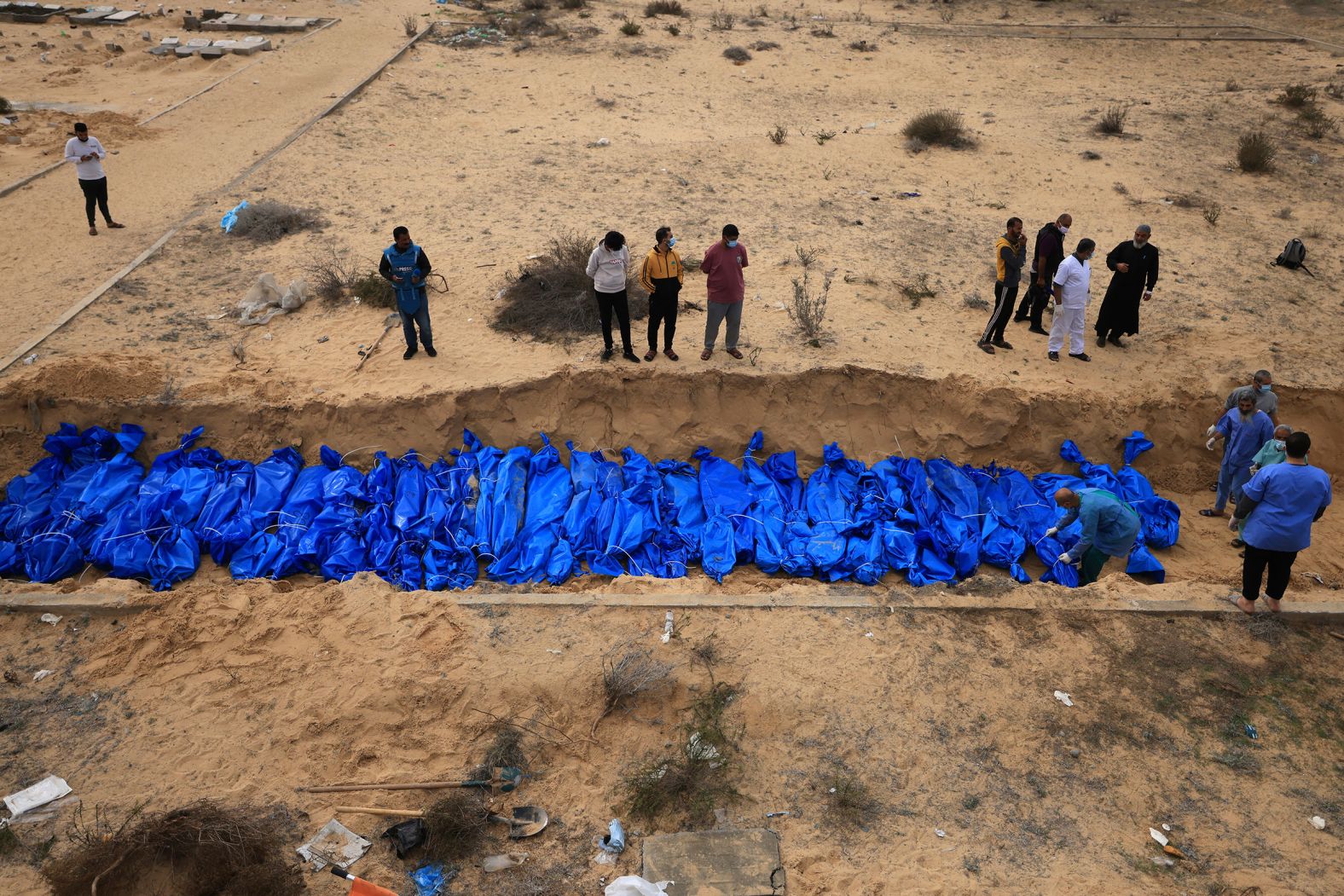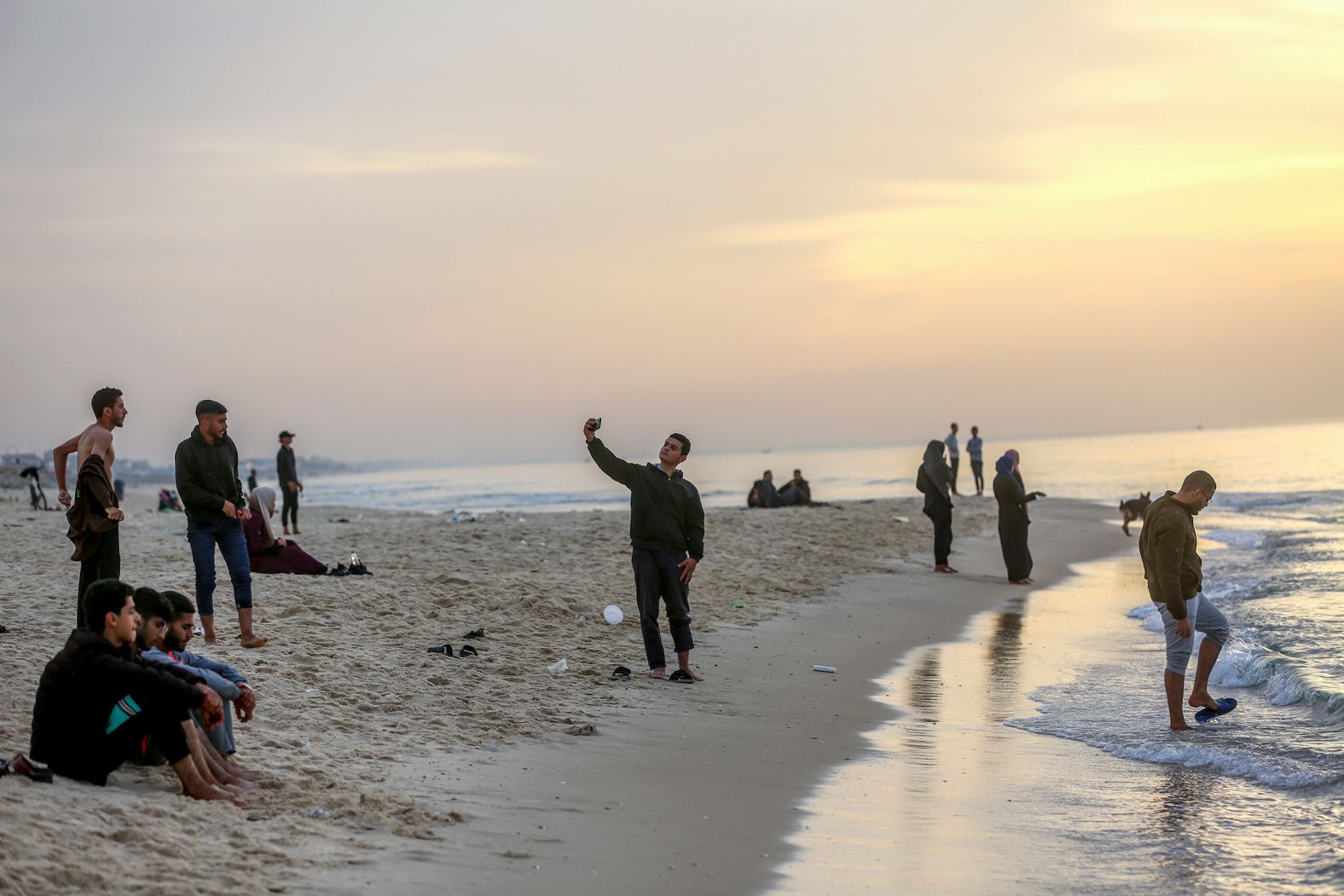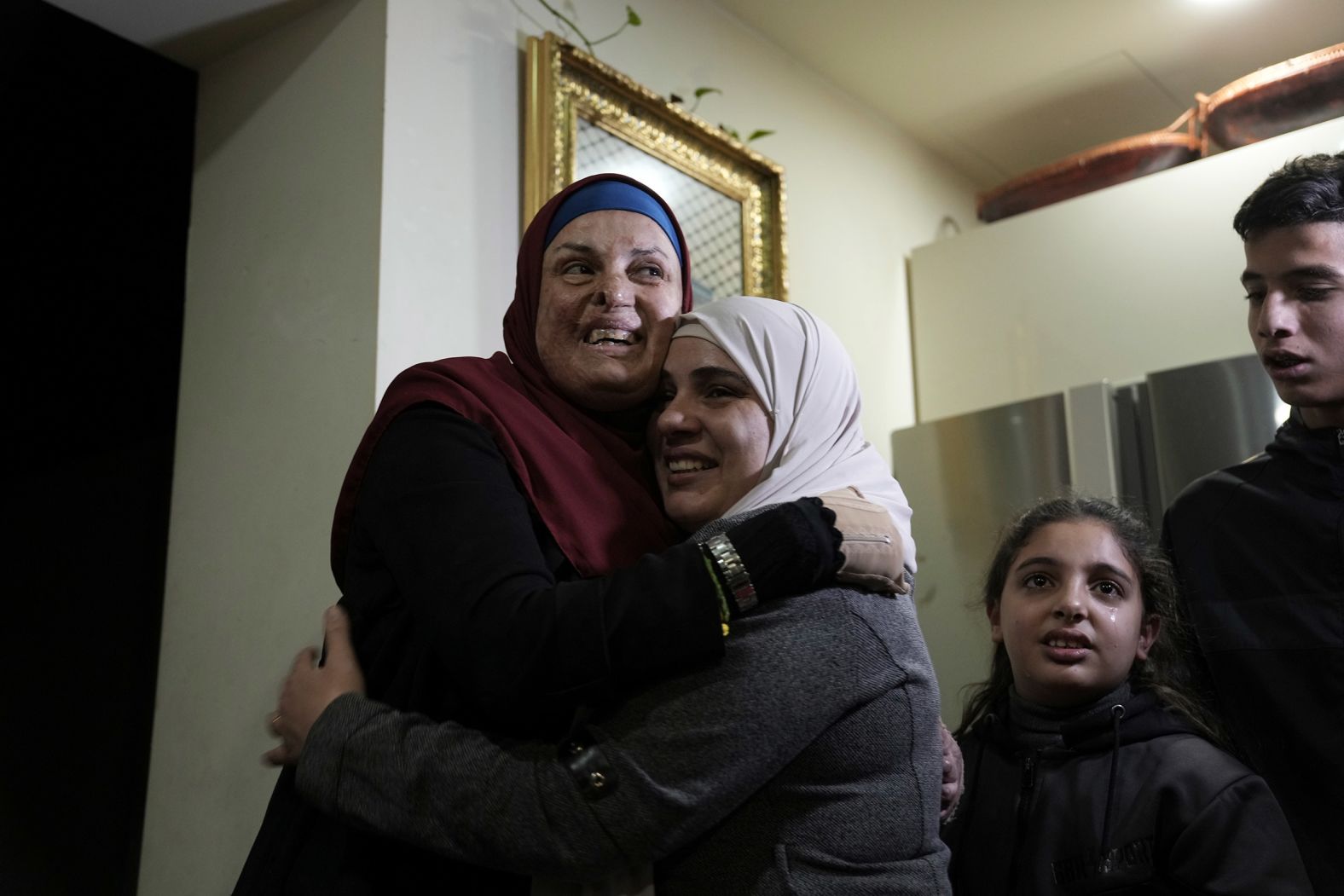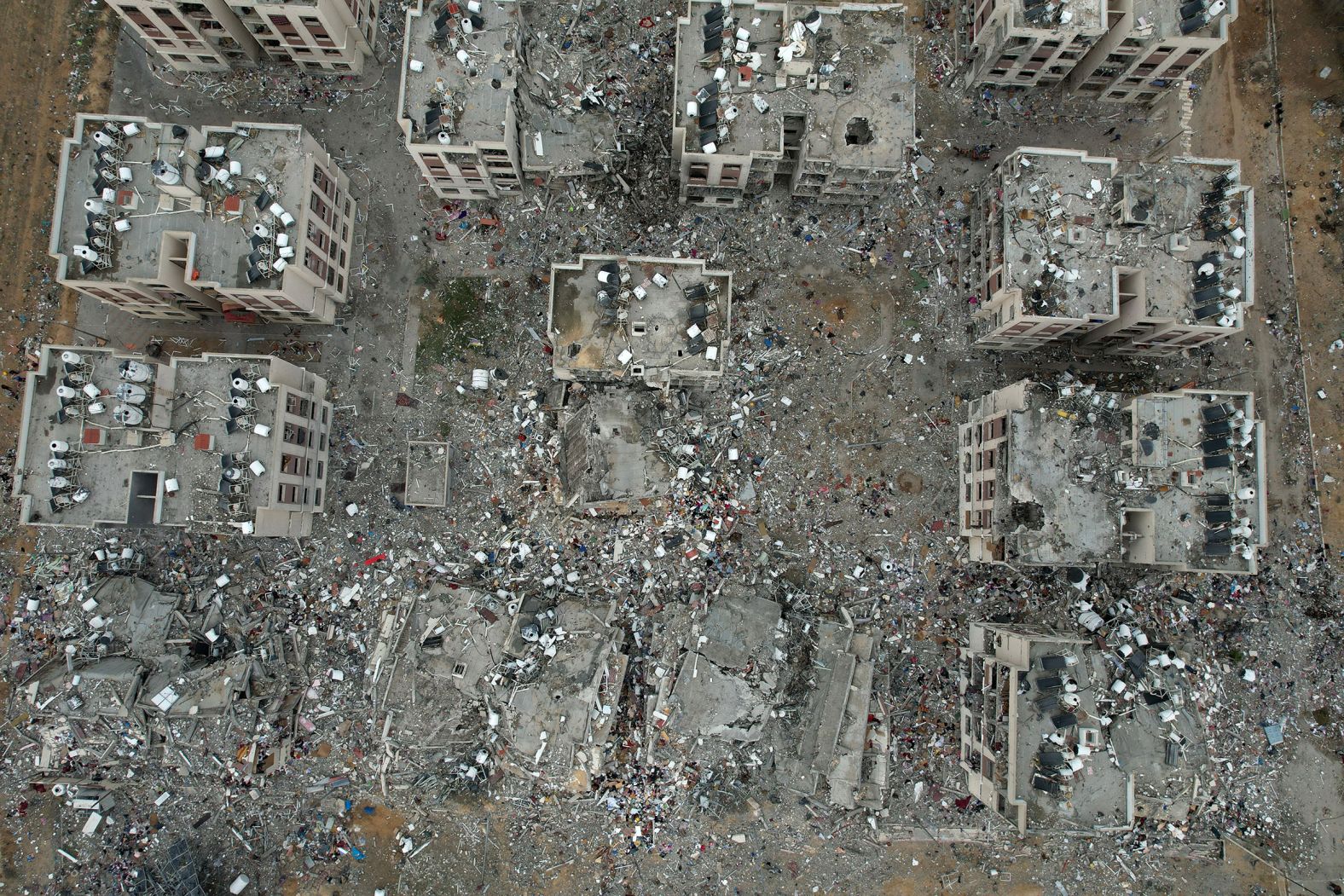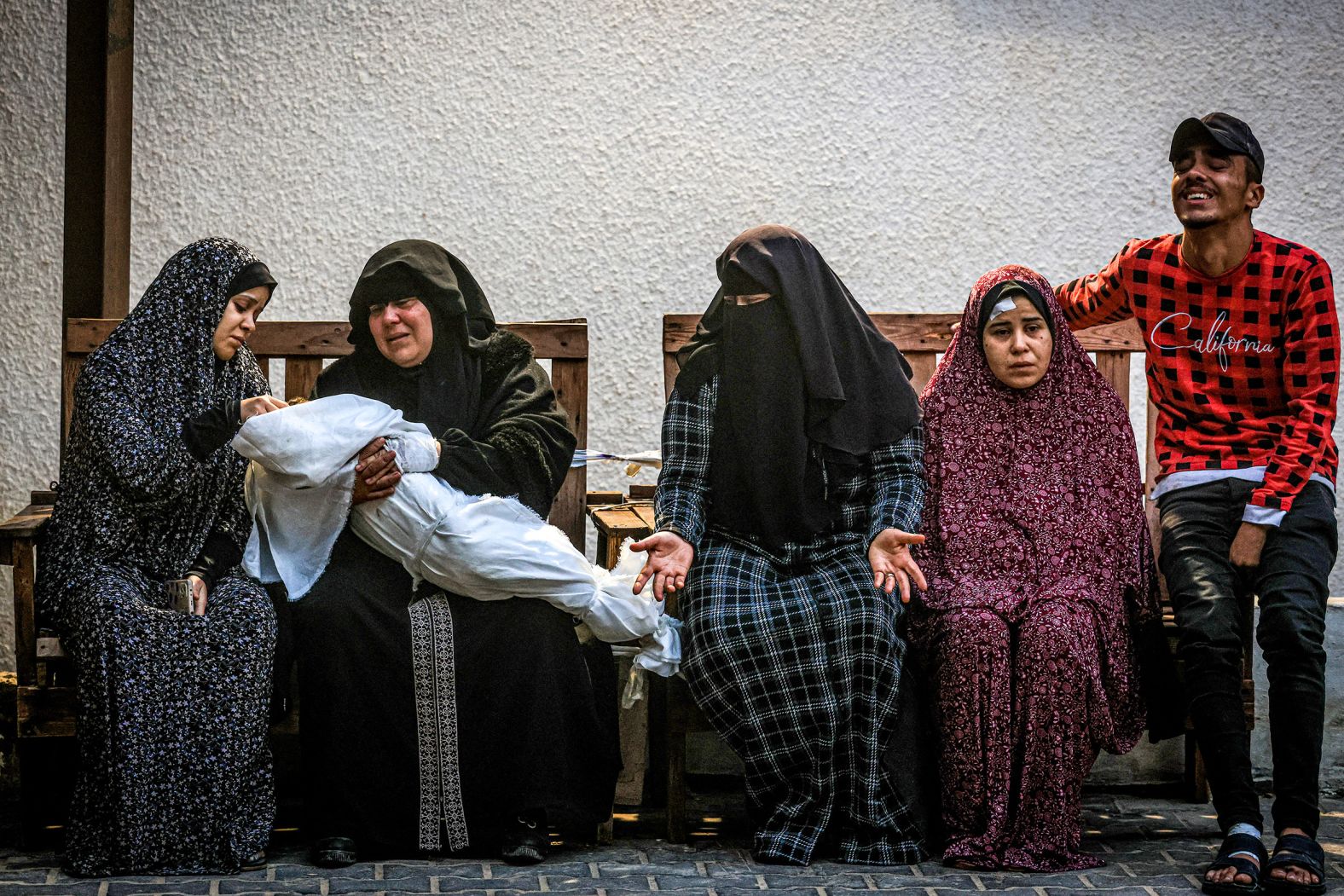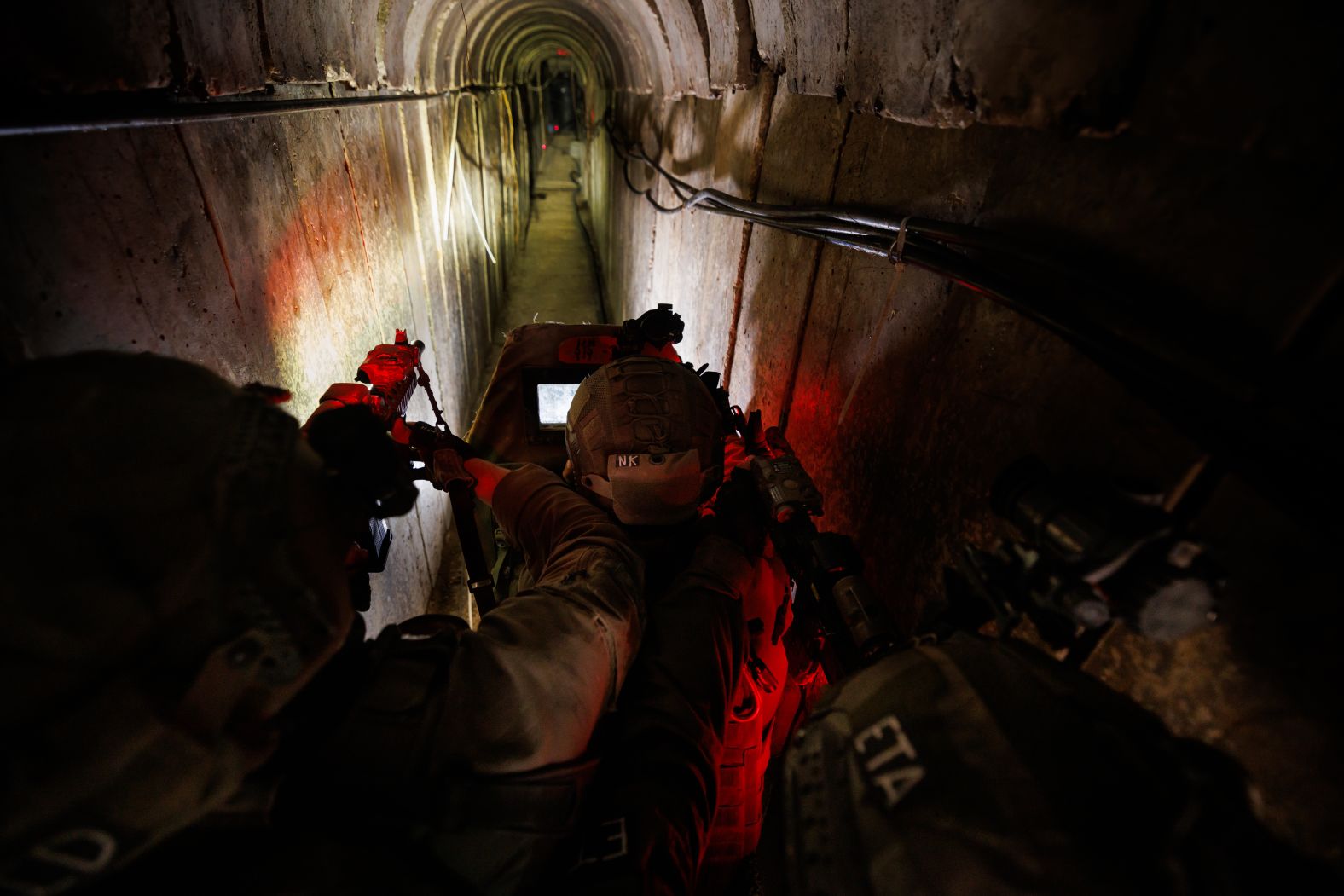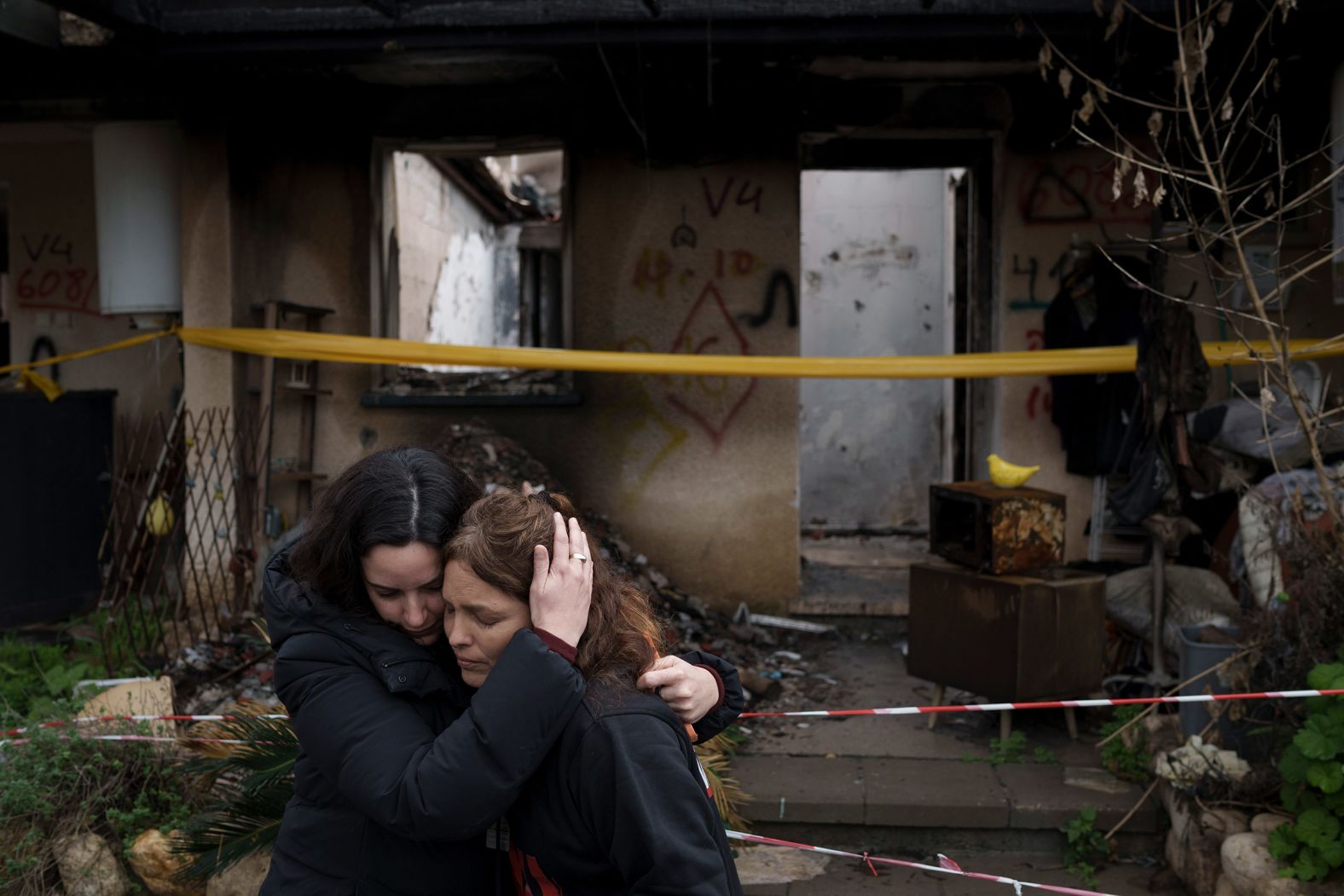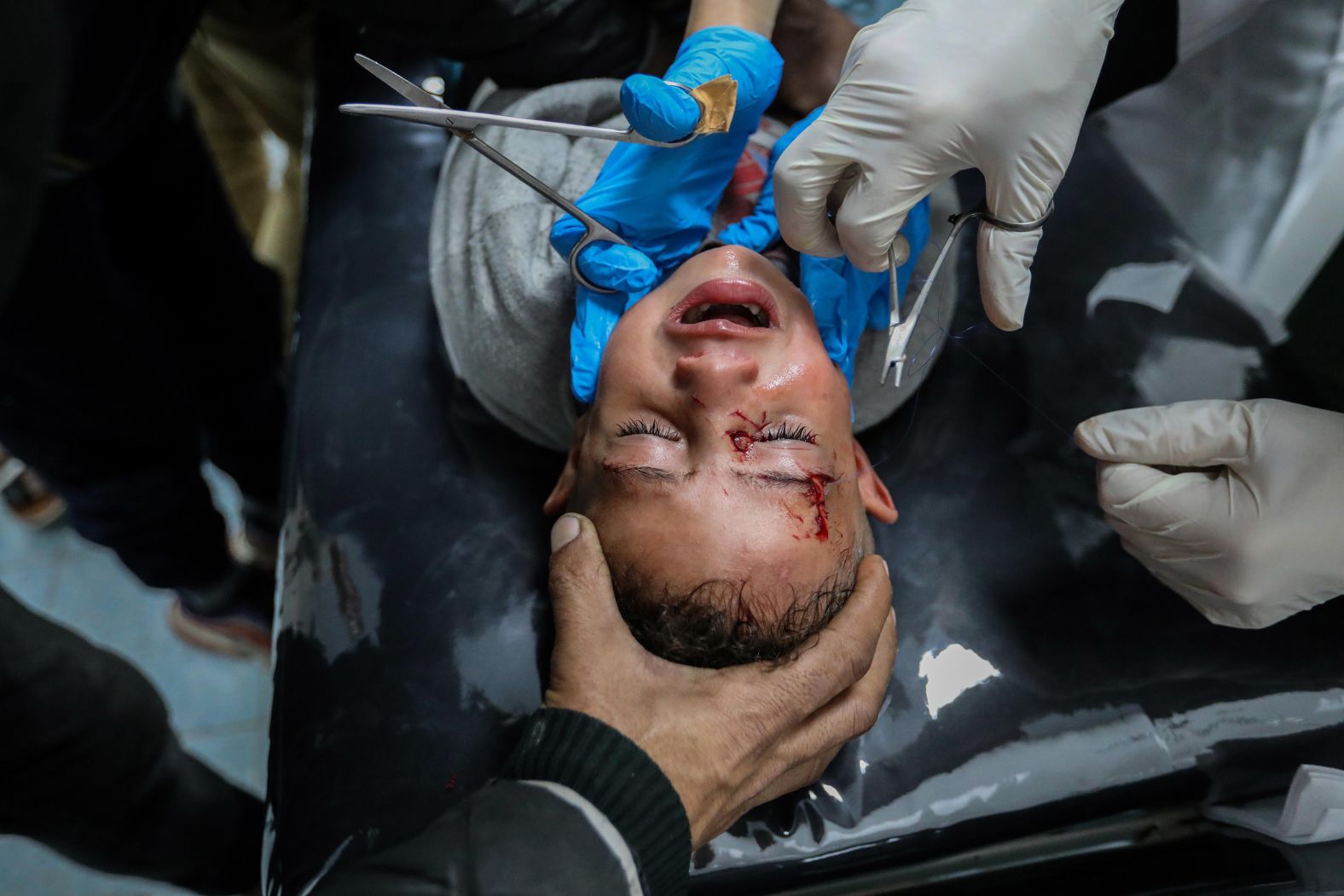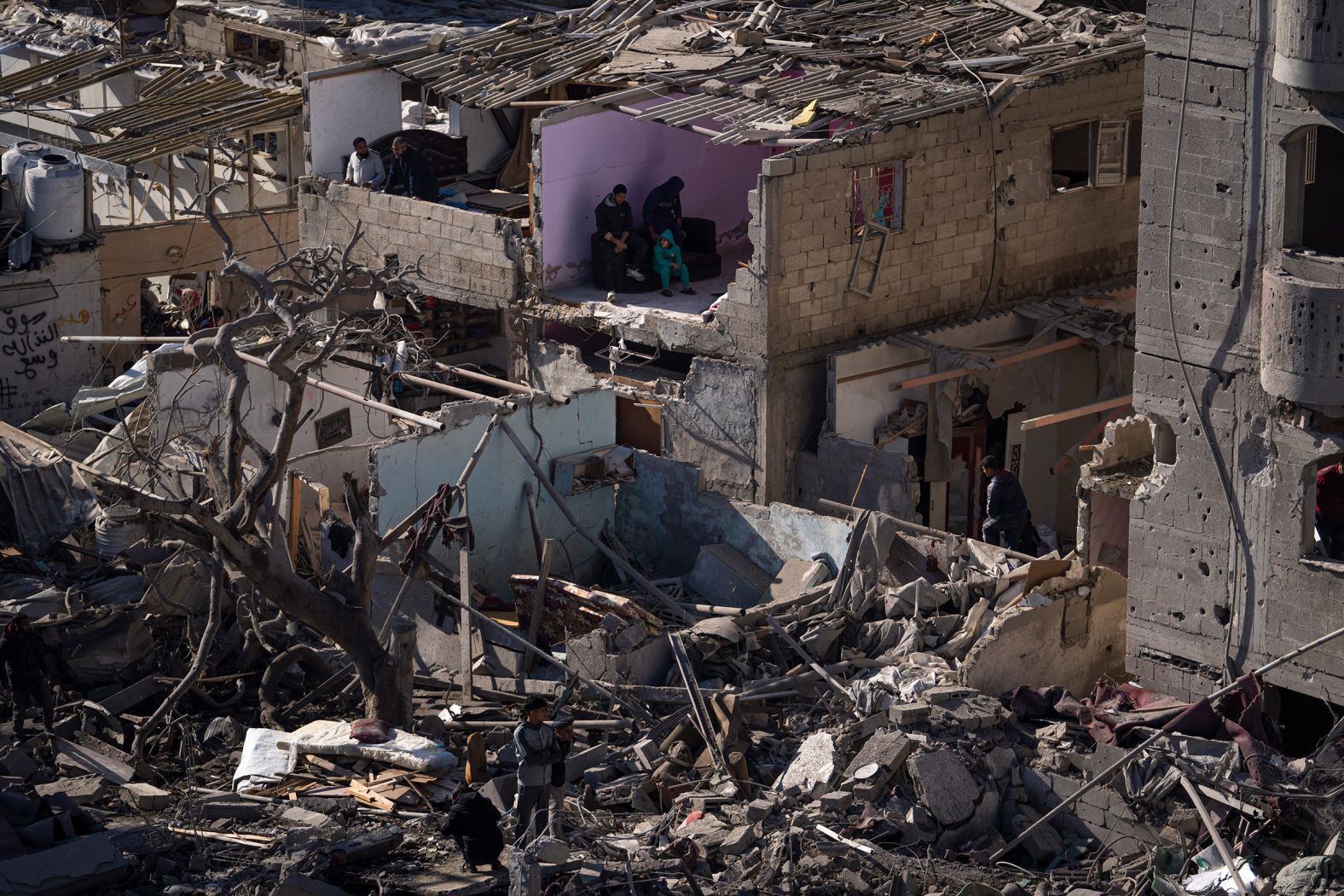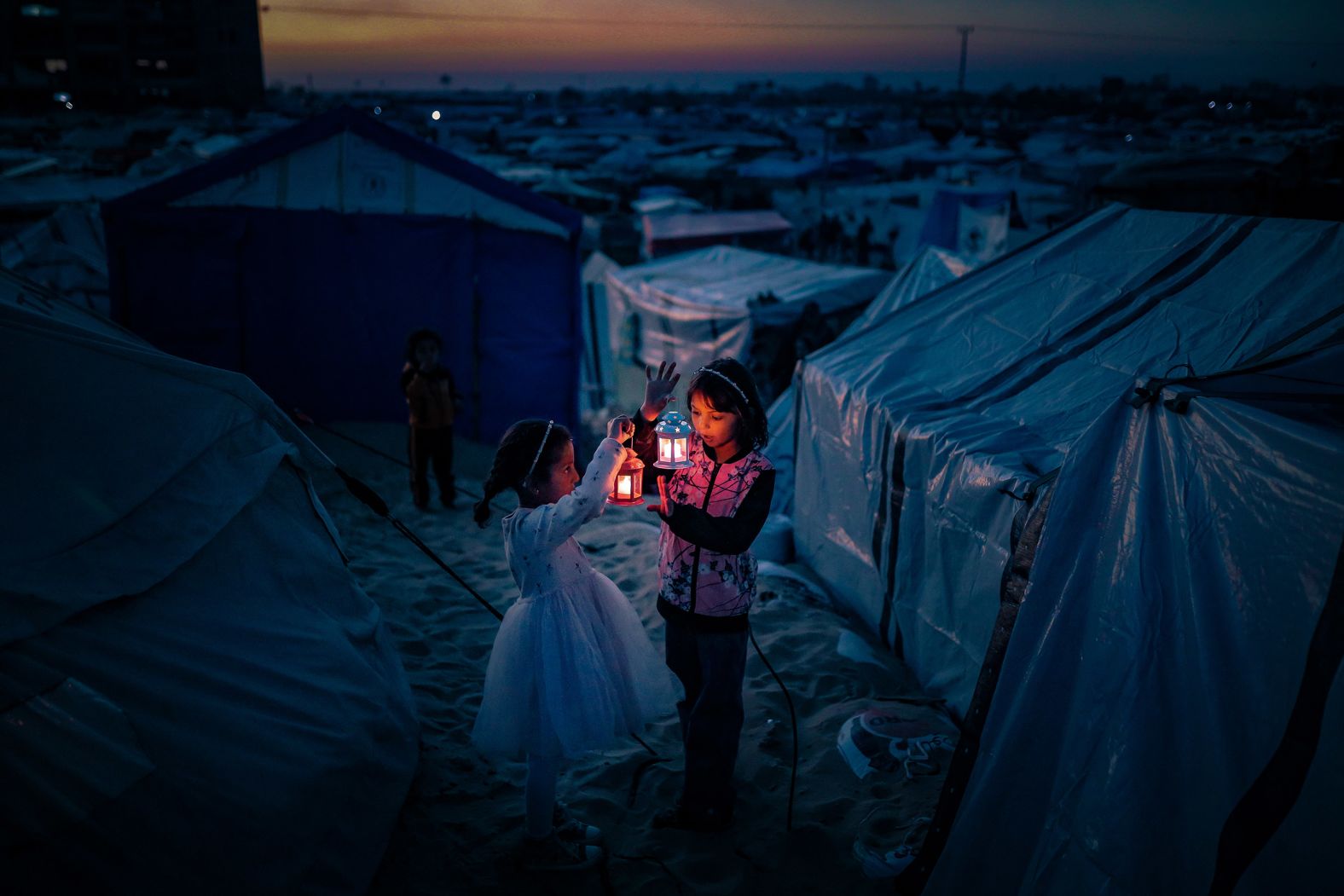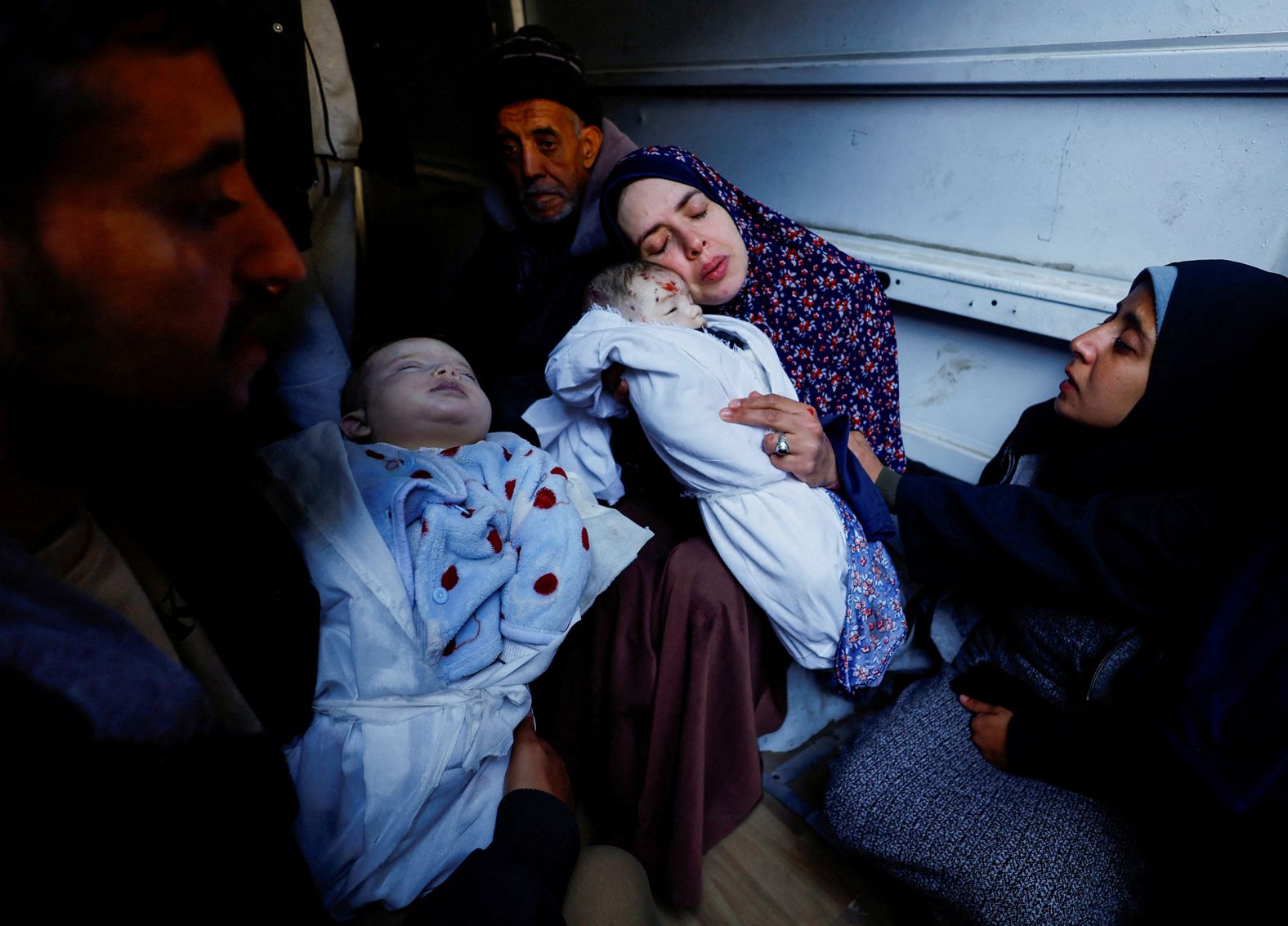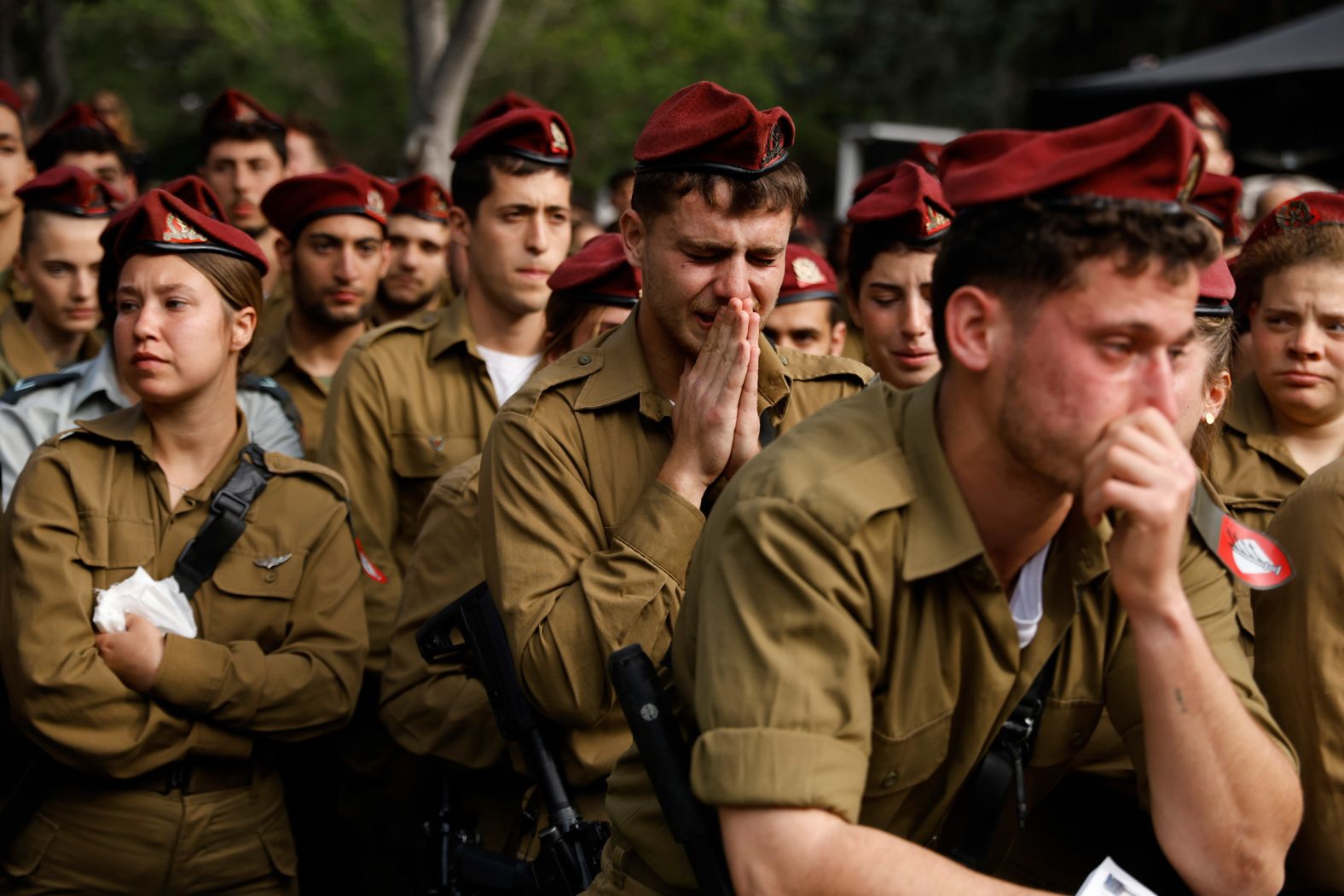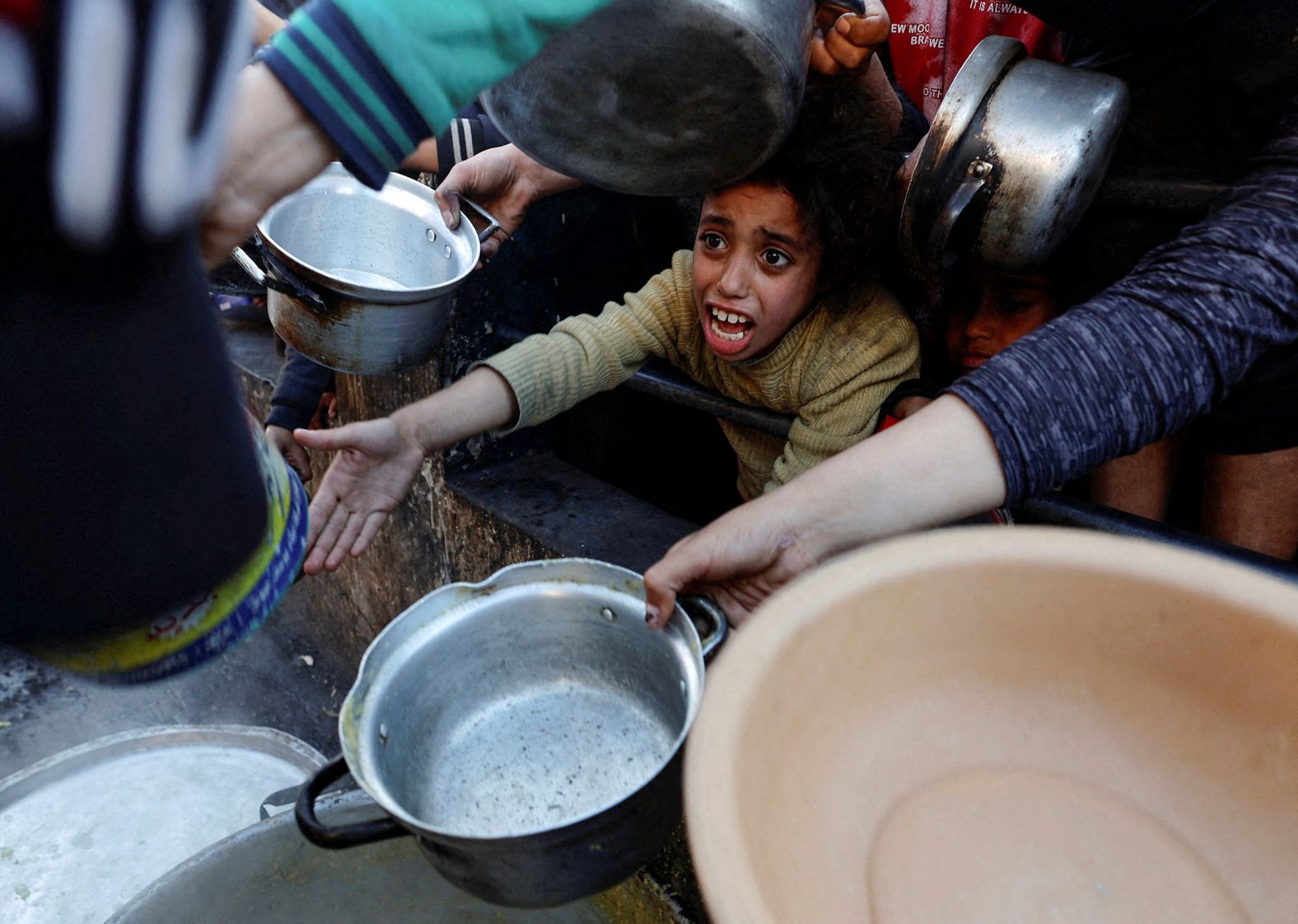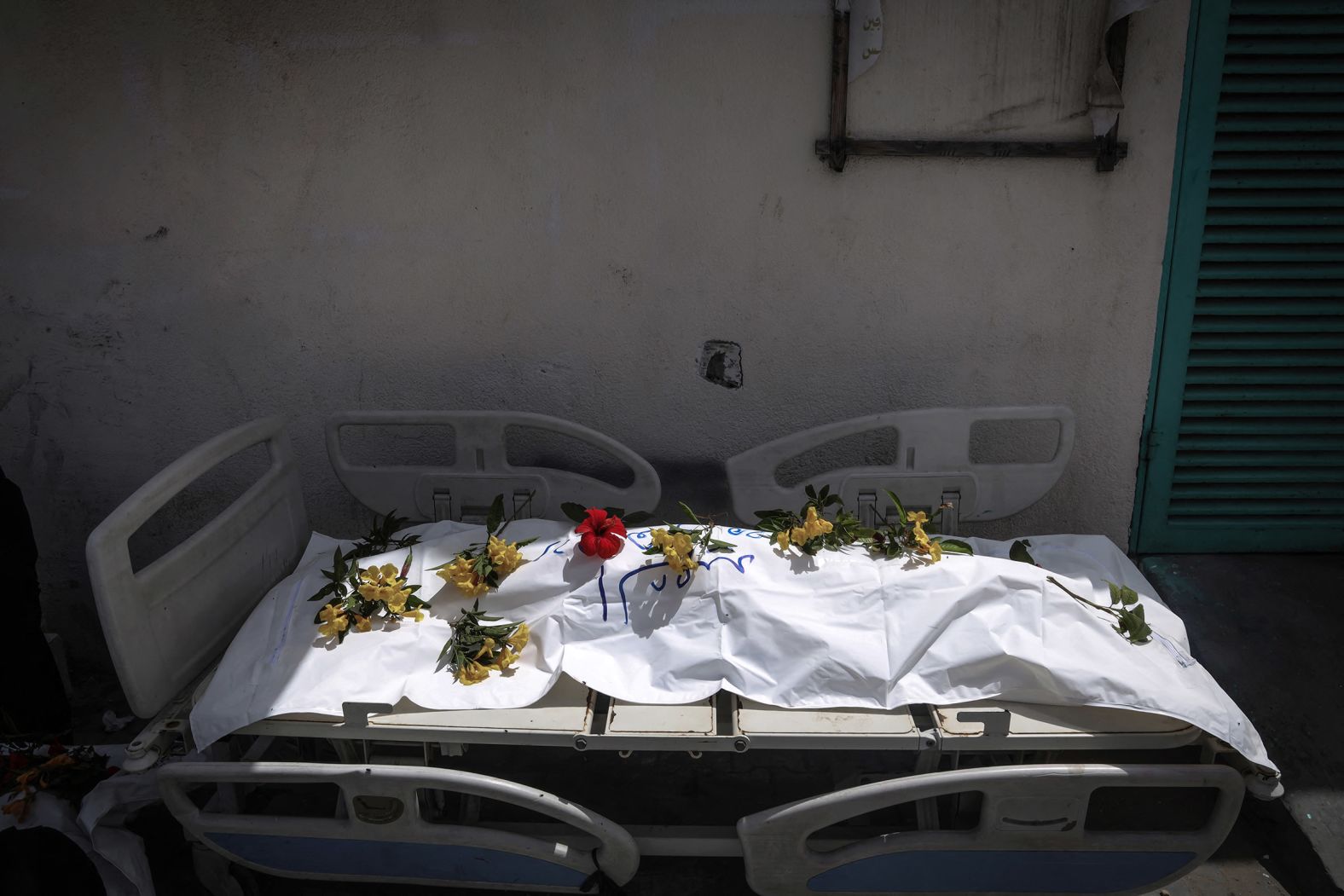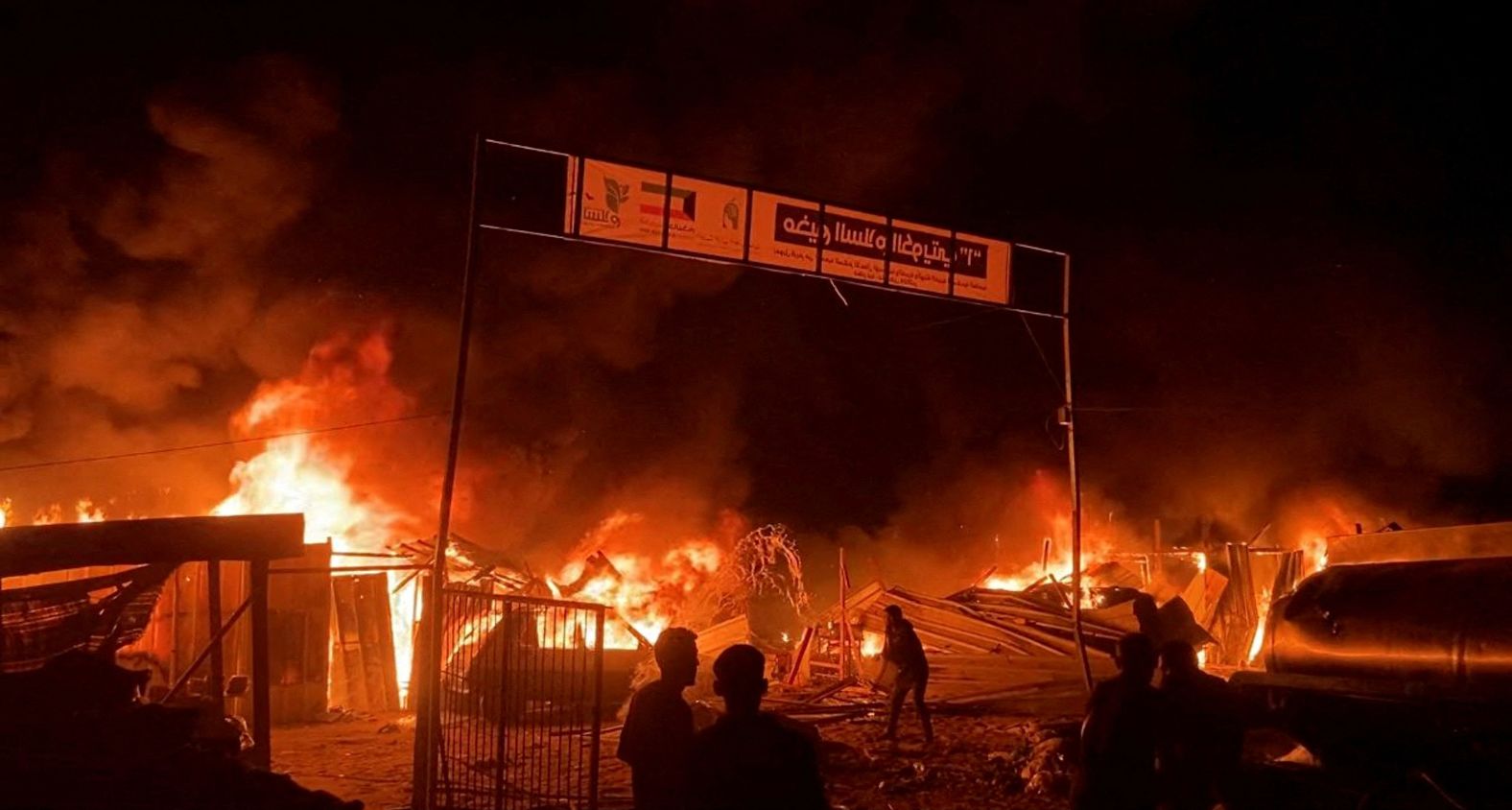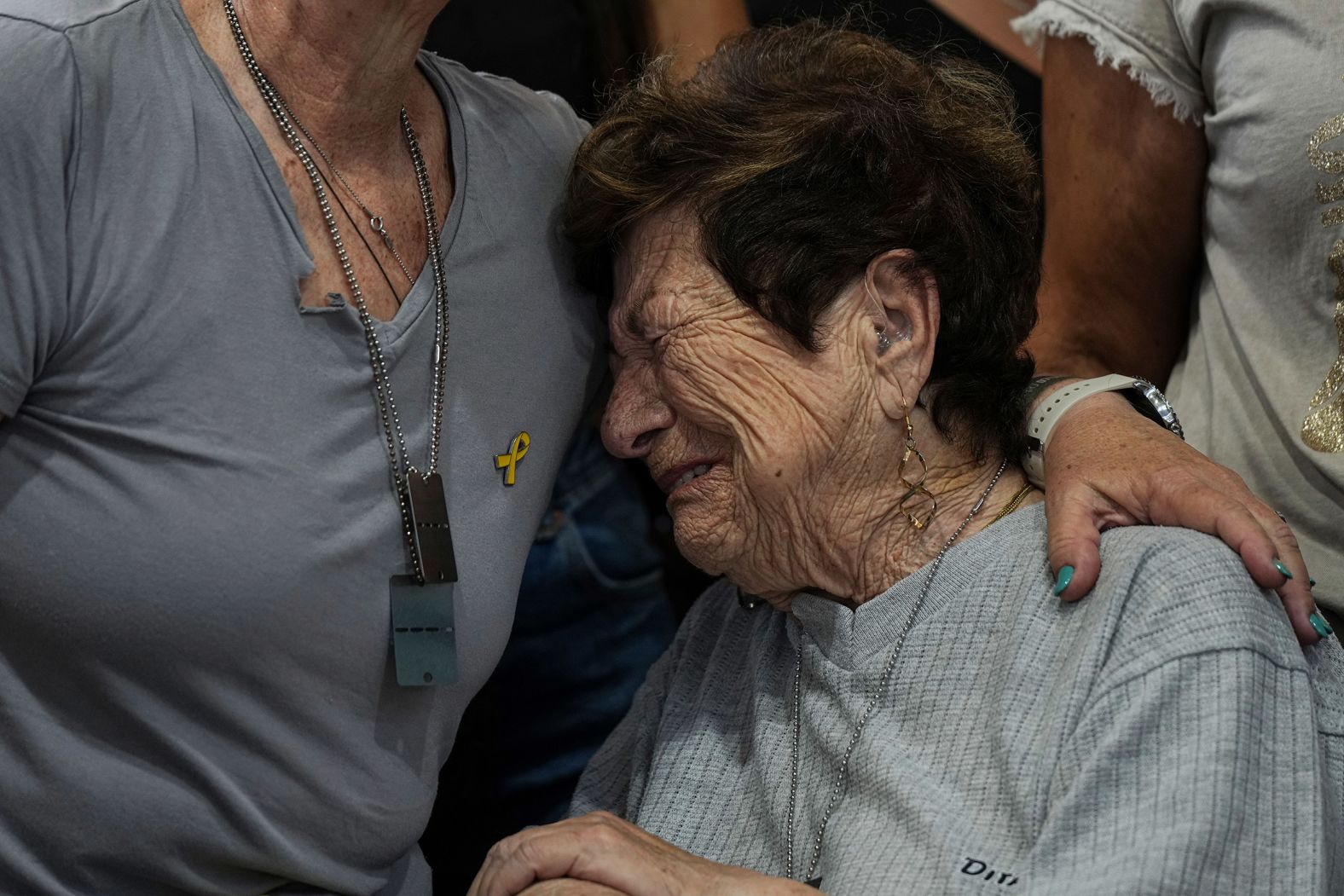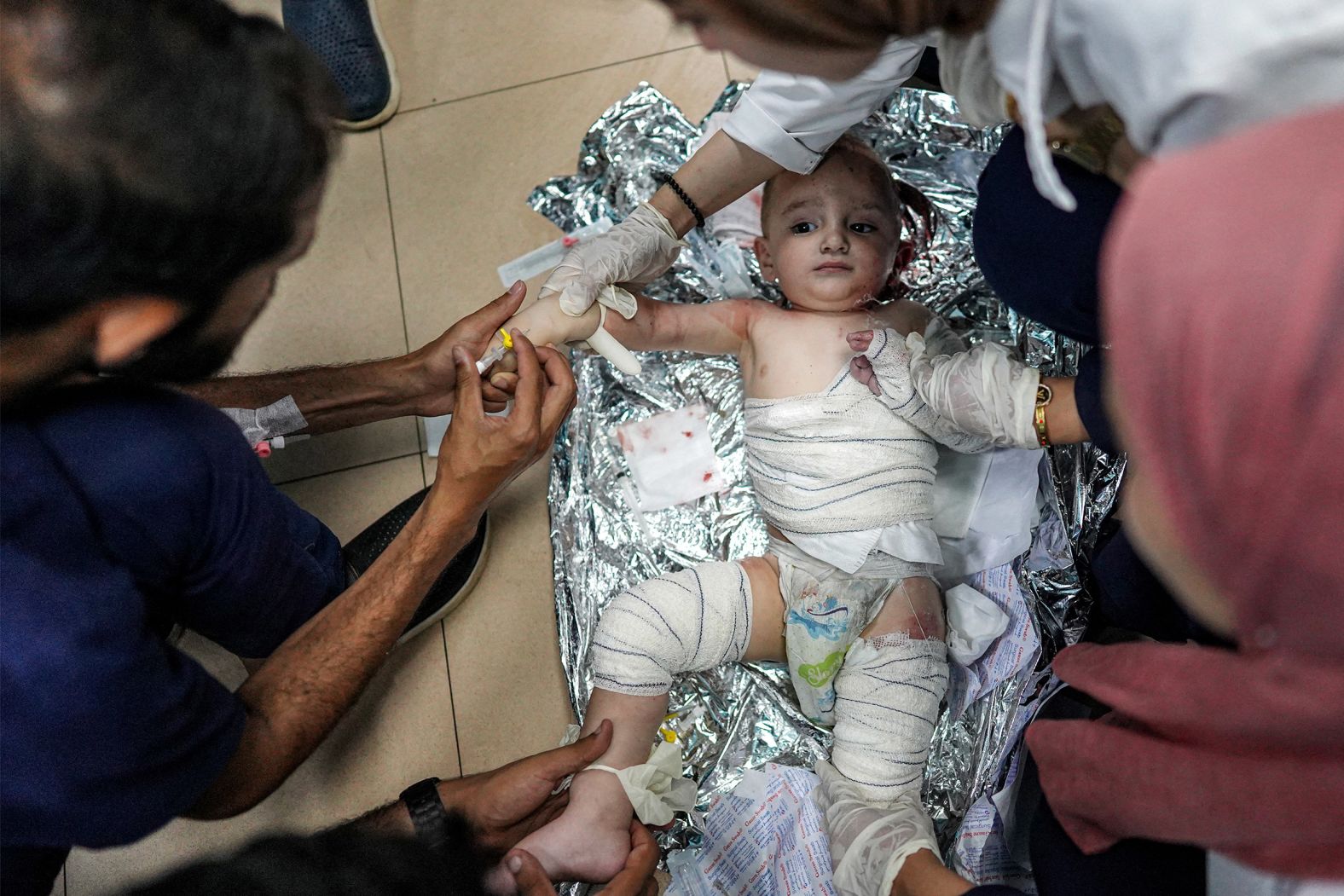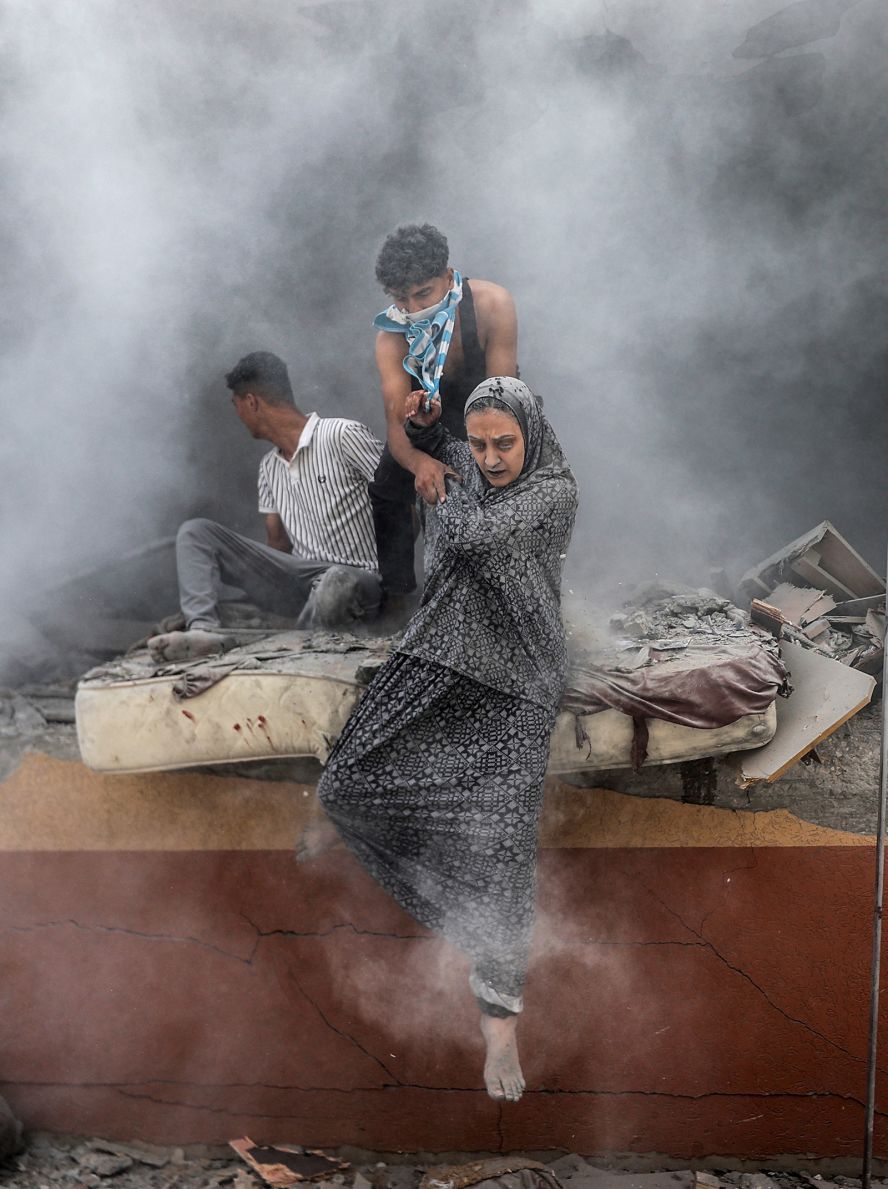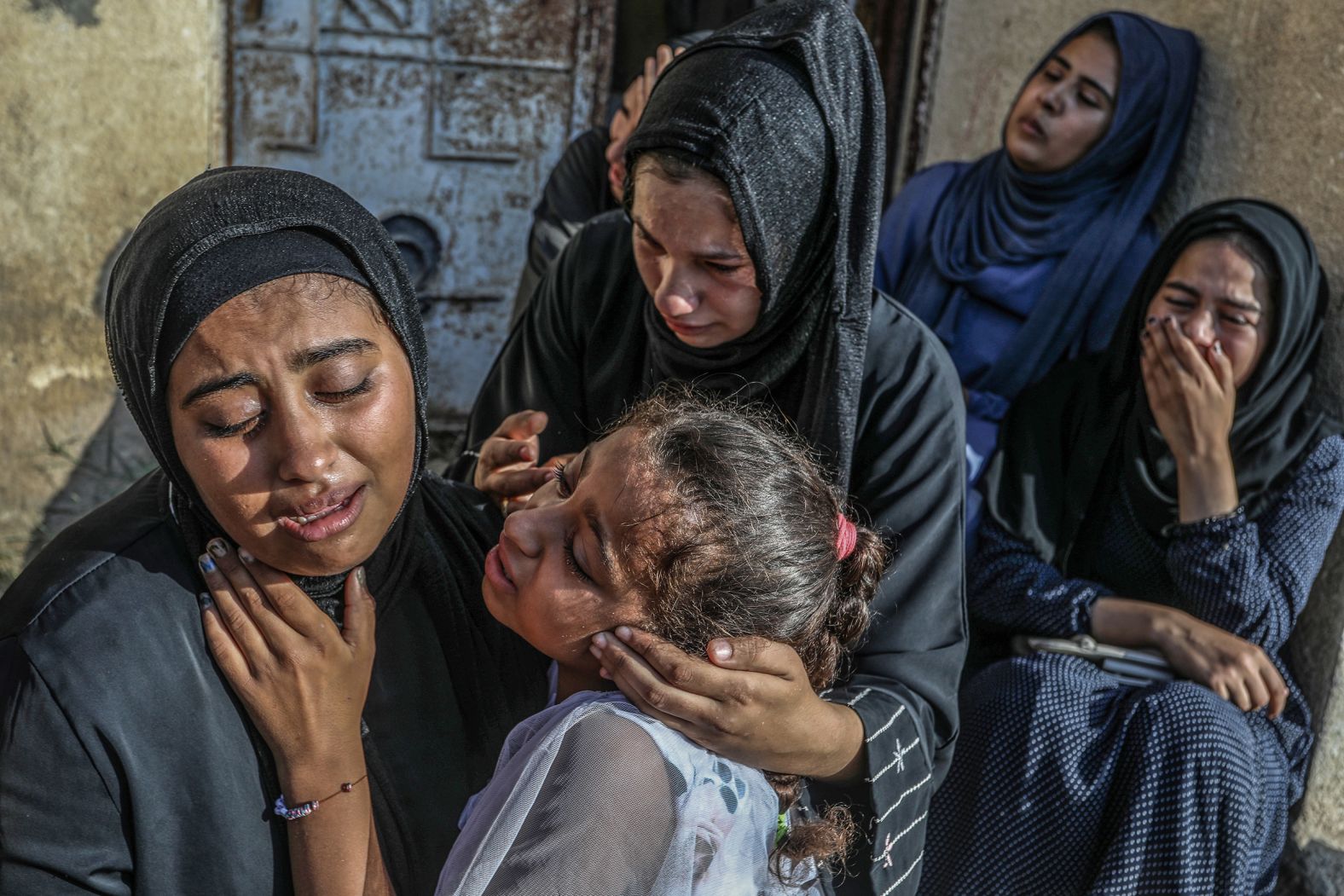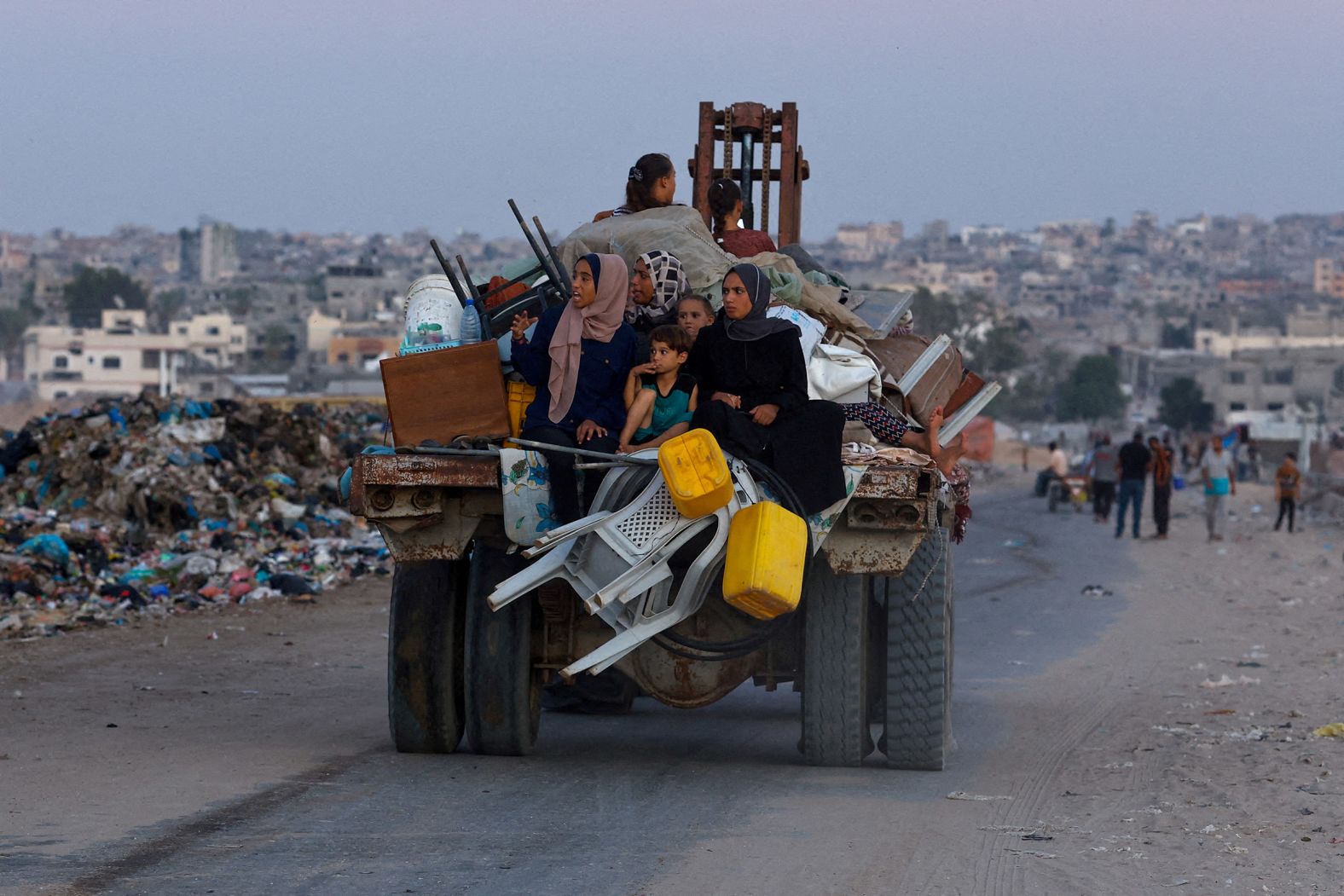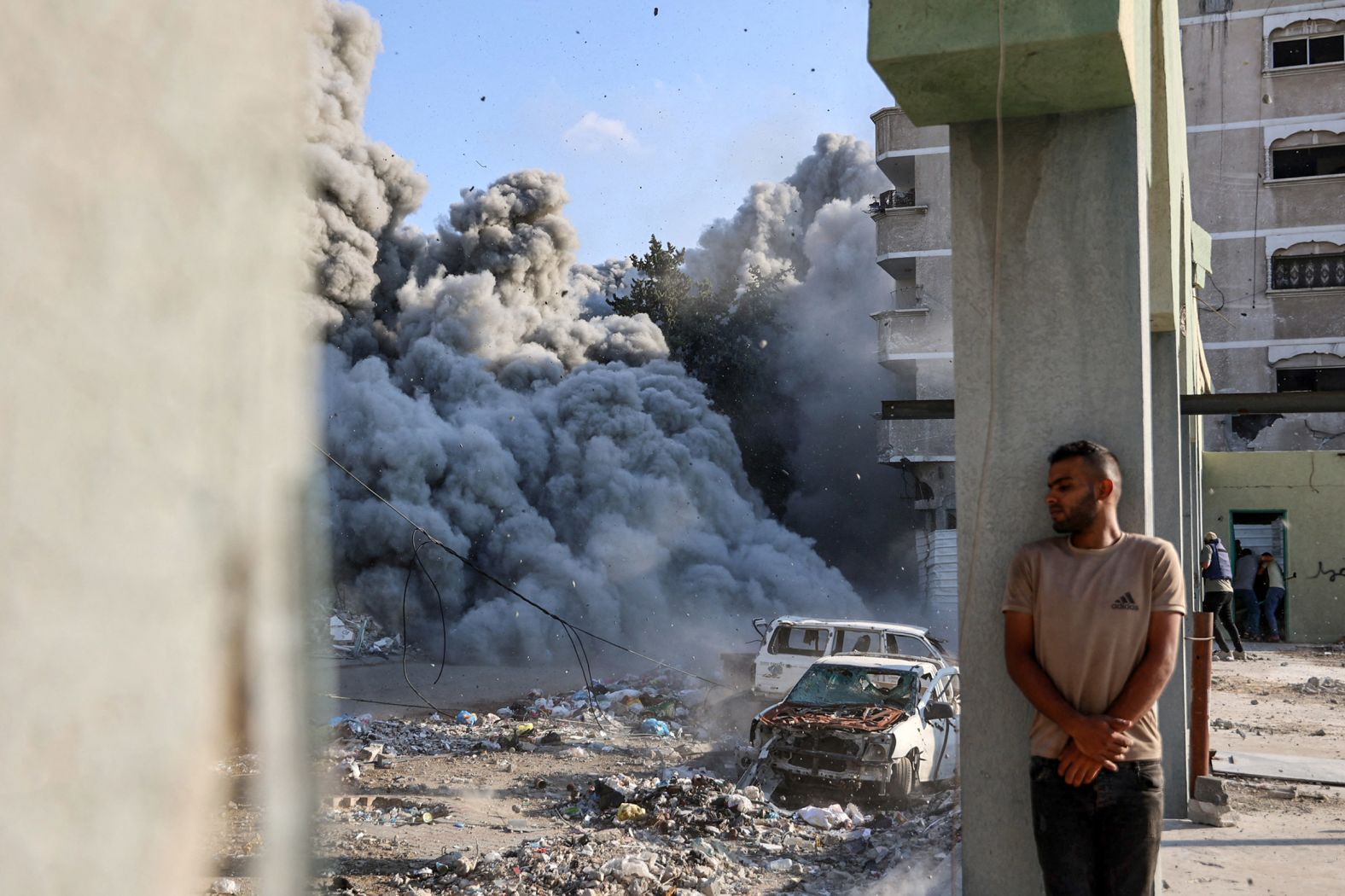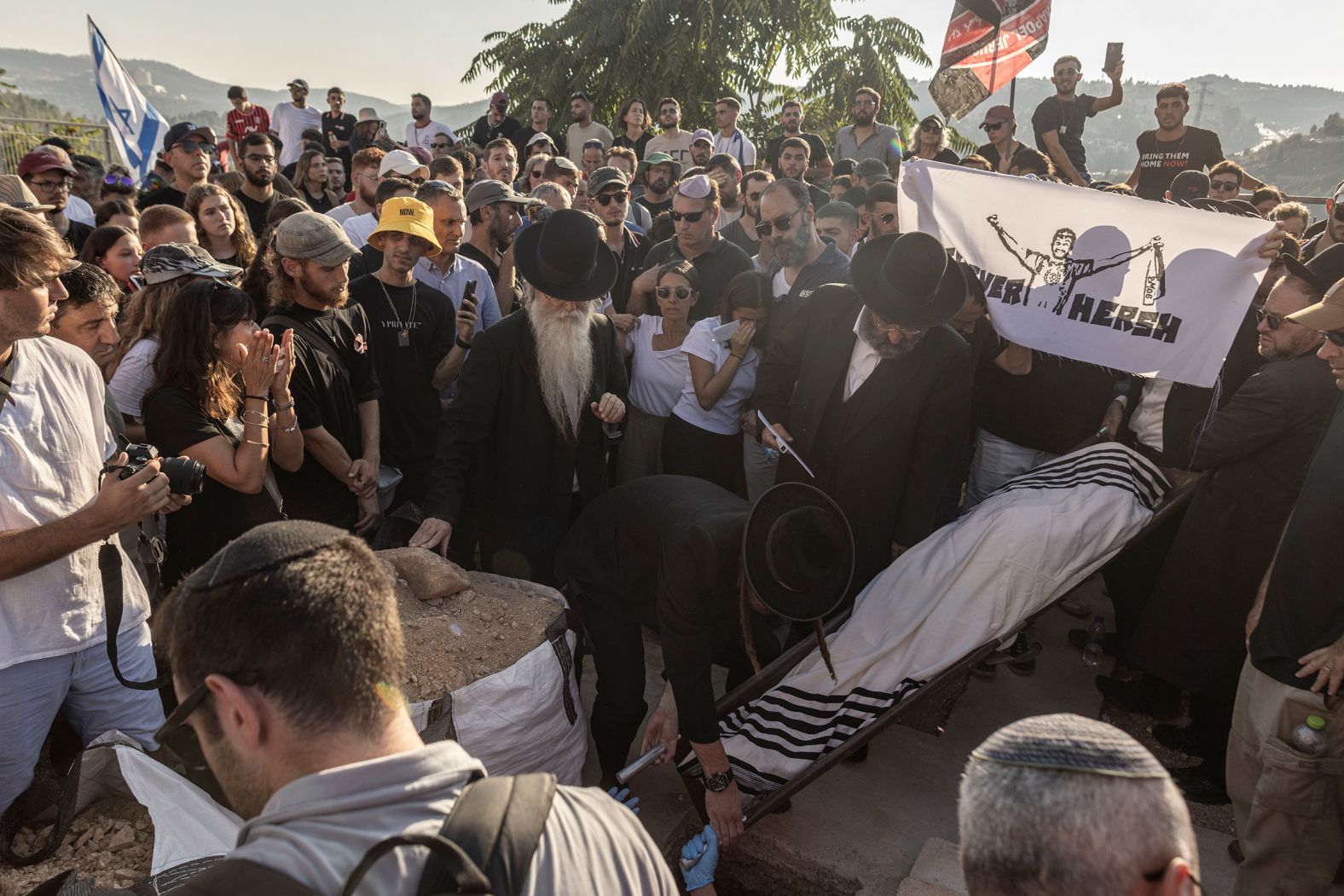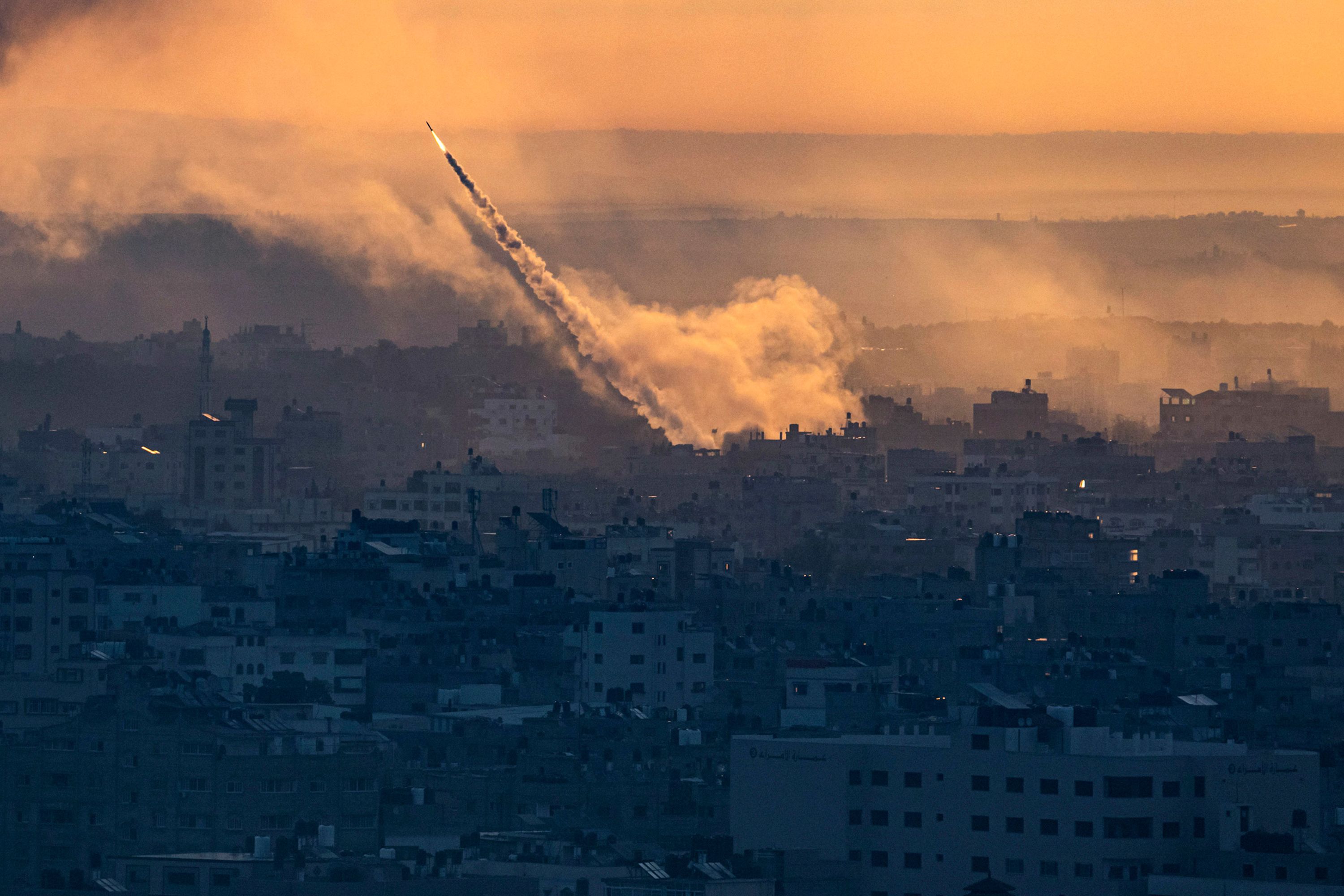In the early hours of October 7, 2023, Hamas militants launched a brutal air and ground assault in Israel, killing more than 1,200 people and taking 250 hostages, according to Israeli authorities. Within hours of the terror attack, Israel struck back and has since mounted an all-out war against Hamas that has claimed more than 40,000 Palestinian lives in Gaza over the course of the past year, according to Gaza's Ministry of Health.
After more than three decades of Israeli restrictions on the flow of both people and goods into and out of Gaza, Palestinians in the enclave Gaza were already suffering from chronic shortages of food, clean water, electricity, medicine and housing. Many lived in refugee camps after experiencing generations of displacement.
Thousands of images have been taken since October 7: Dead bodies strewn on the ground, lying side by side near a bus stop in Israel. Stunned Palestinian children, clutching each other and running for cover as rockets stream above them. An Israeli woman running for safety as sirens blare and smoke billows in the background. Young girls in Gaza surveying what’s left of their destroyed and smoldering homes.
Photographers have risked their lives to show the world what is happening. According to the Committee to Protect Journalists, at least 116 journalists and media workers have been killed since the war began, making it the deadliest period for journalists since the CPJ began gathering data in 1992. Of those, 111 were Palestinian, two were Israeli and three were Lebanese.
Ziv Koren, a 30-year veteran photojournalist with Polaris Images, was woken up on October 7 by the blaring sound of emergency sirens in Israel. He instinctively rushed out of his home in Tel Aviv on his motorcycle to document the scene. Still not fully comprehending the “magnitude of what was happening” in those early morning hours, he was “shocked” to see what Hamas militants had done.
Palestinian photographer Samar Abu Elouf was front and center in the early months of the war. “Taking pictures of corpses hurts me most,” she said during a CNN interview. “These are human beings, not just bags of flesh, blood, and bones. Bodies of all sizes from newborns to grandparents. These are people who dreamed of living until tomorrow and had hope they would survive the war.”
On the eve of the anniversary of a war that seemingly has no end in sight, Koren says he strongly believes in the power of photography.
“I still go out every day — 19 hours each day. This is for future generations to see that these are visual documents,” he said. He has shot nearly 350,000 images since last year. The photographs are capturing history as it unfolds, “and these need to be taken every single day.”
Editor's note: This gallery contains graphic images. Viewer discretion is advised.
